Filtered By: Publicaffairs
Public Affairs
14 churches in Metro Manila for your Visita Iglesia
By Carlo P. Isla
For the millions of Catholic faithful in the country, penitence for the Lenten Week won't be complete without the traditional Visita Iglesia on Maundy Thursday.
We have compiled 14 of the most famous churches in Metro Manila which you can consider for your Visita Iglesia.
Manila Metropolitan Cathedral-Basilica
Intramuros, Manila
Standing grand and regal at the heart Intramuros in Manila is the breathtaking Manila Metropolitan Cathedral-Basilica, more commonly known as Manila Cathedral. This Neo-Romanesque church boasts of impressive architecture, from façade to interiors.
Manila Cathedral has had several reconstructions due to major calamities in the past five centuries. In 2012, Manila Cathedral underwent earthquake retrofitting and subsidence prevention. It was closed to the public for two years and opened only on April 9, 2014.
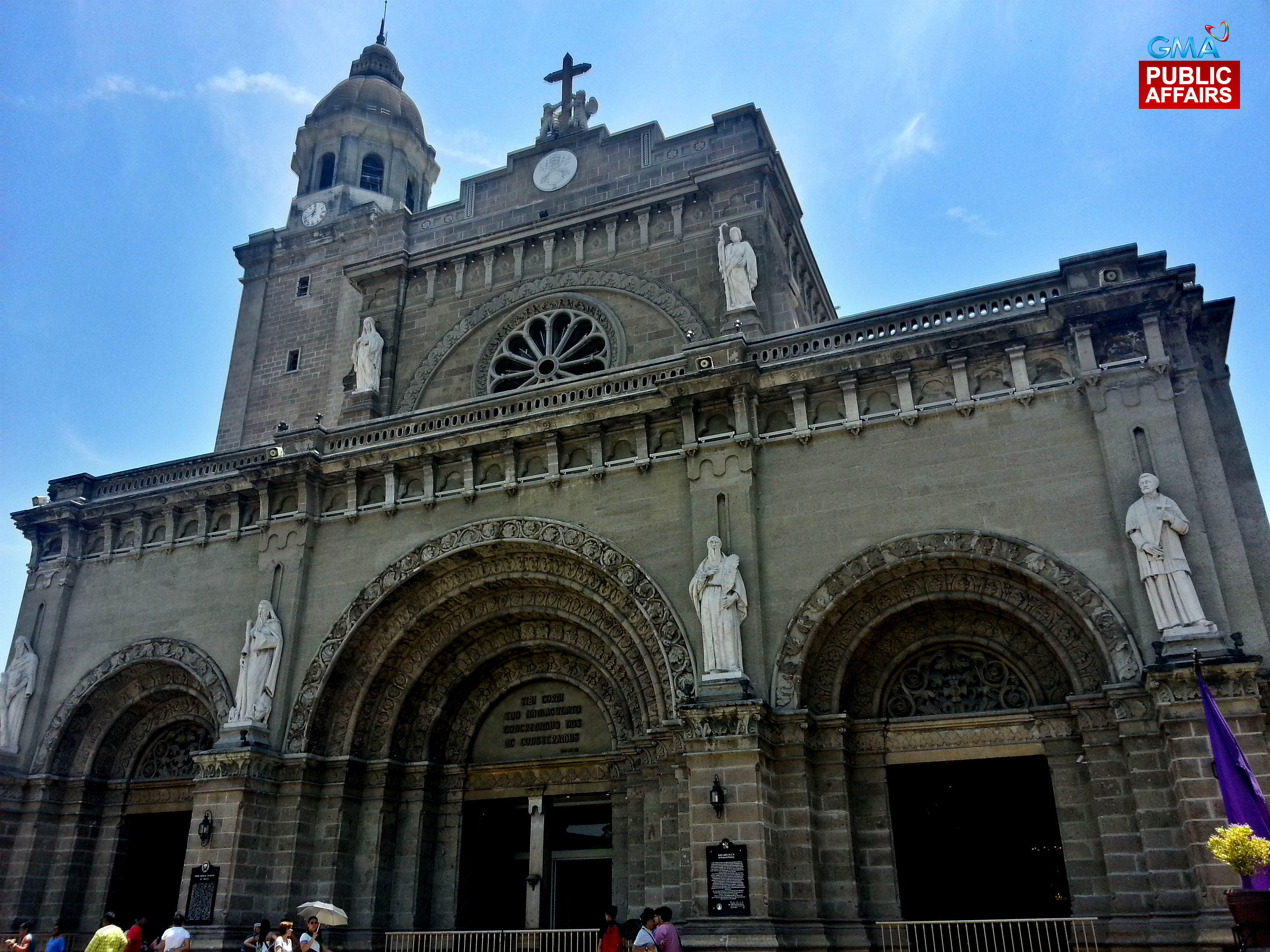

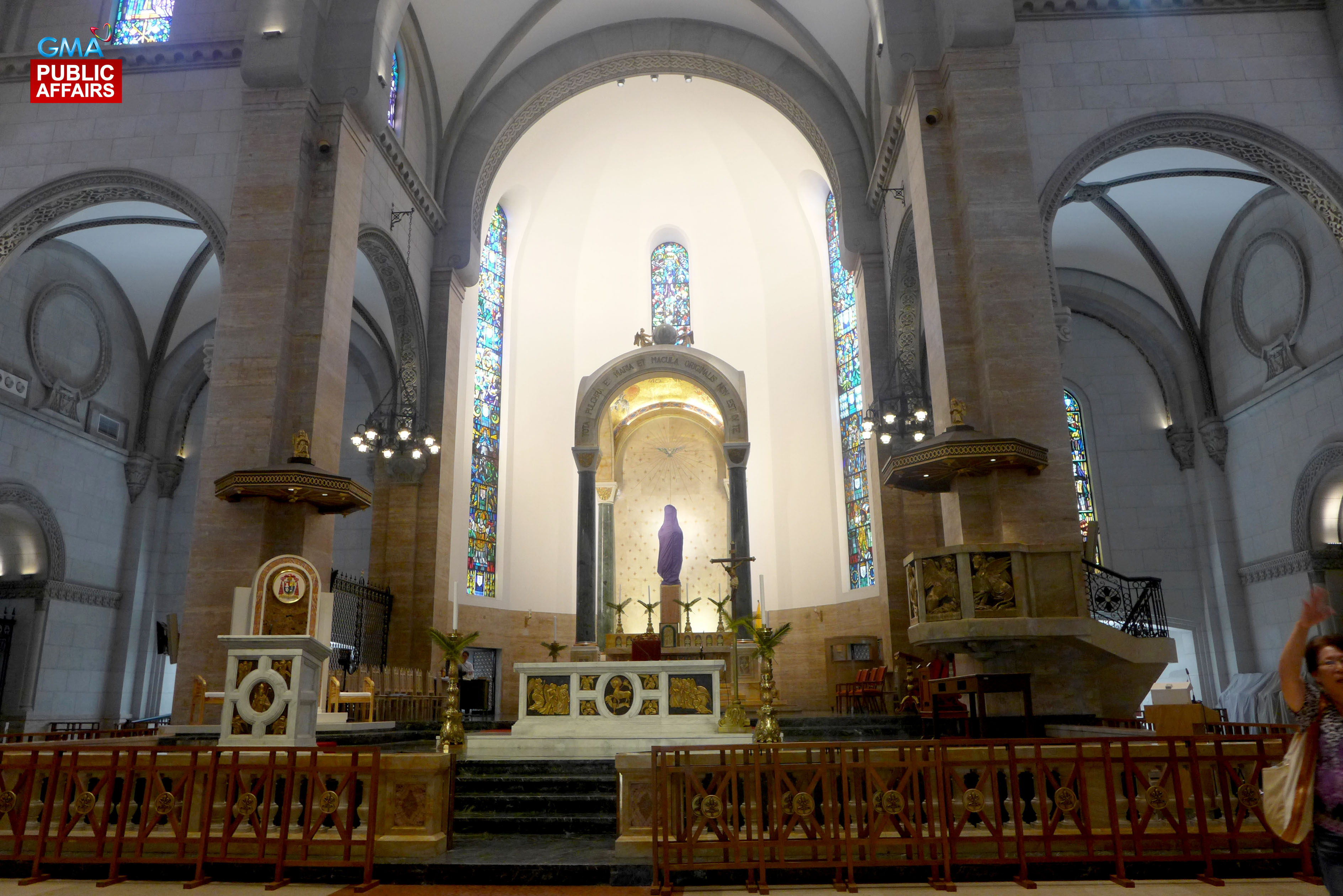
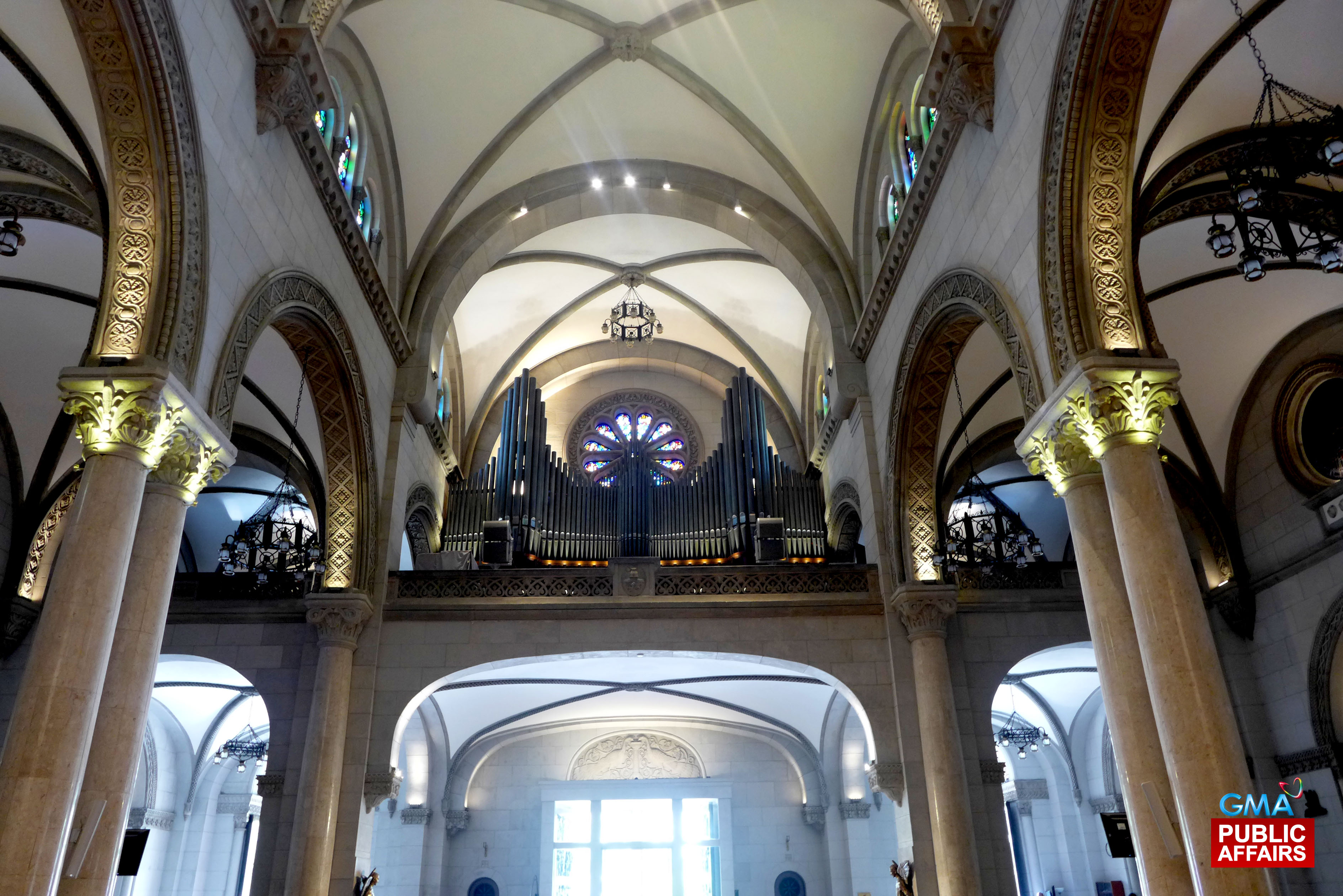
San Agustin Church
Intramuros, Manila
Just a few blocks away from Manila Cathedral is the equally magnificent San Agustin Church. Completed in 1607, this church has withstood major calamities and two world wars. In 1945, it was one of the seven Churches in Intramuros that remained standing, with only a damaged roof.
San Agustin Church is one of the four Philippine churches to be designated as a UNESCO World Heritage Site, under the collective title Baroque Churches of the Philippines. Most noteworthy of its architecture are the trompe l'oeil murals on the ceiling and the intricately designed baroque pulpit.

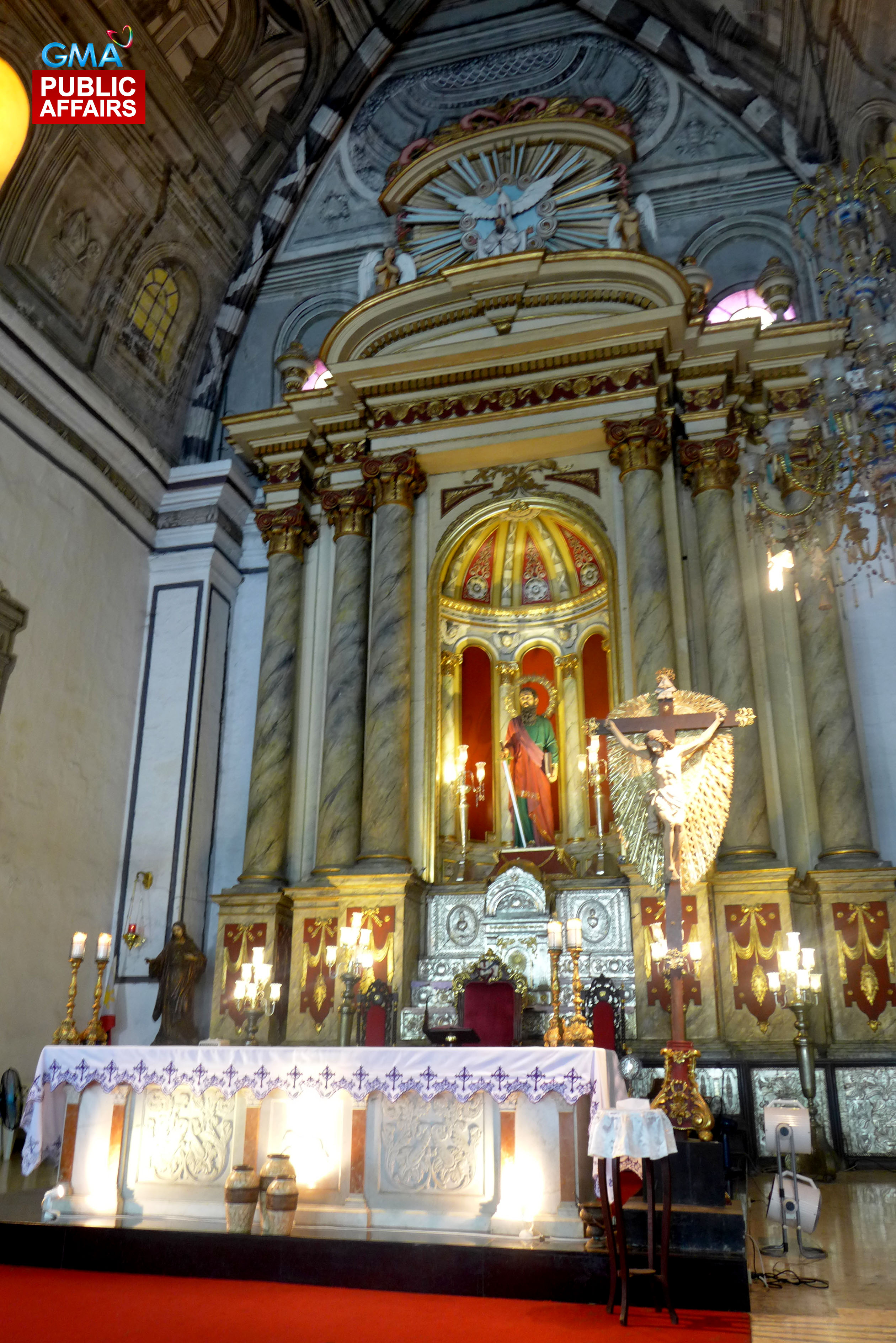
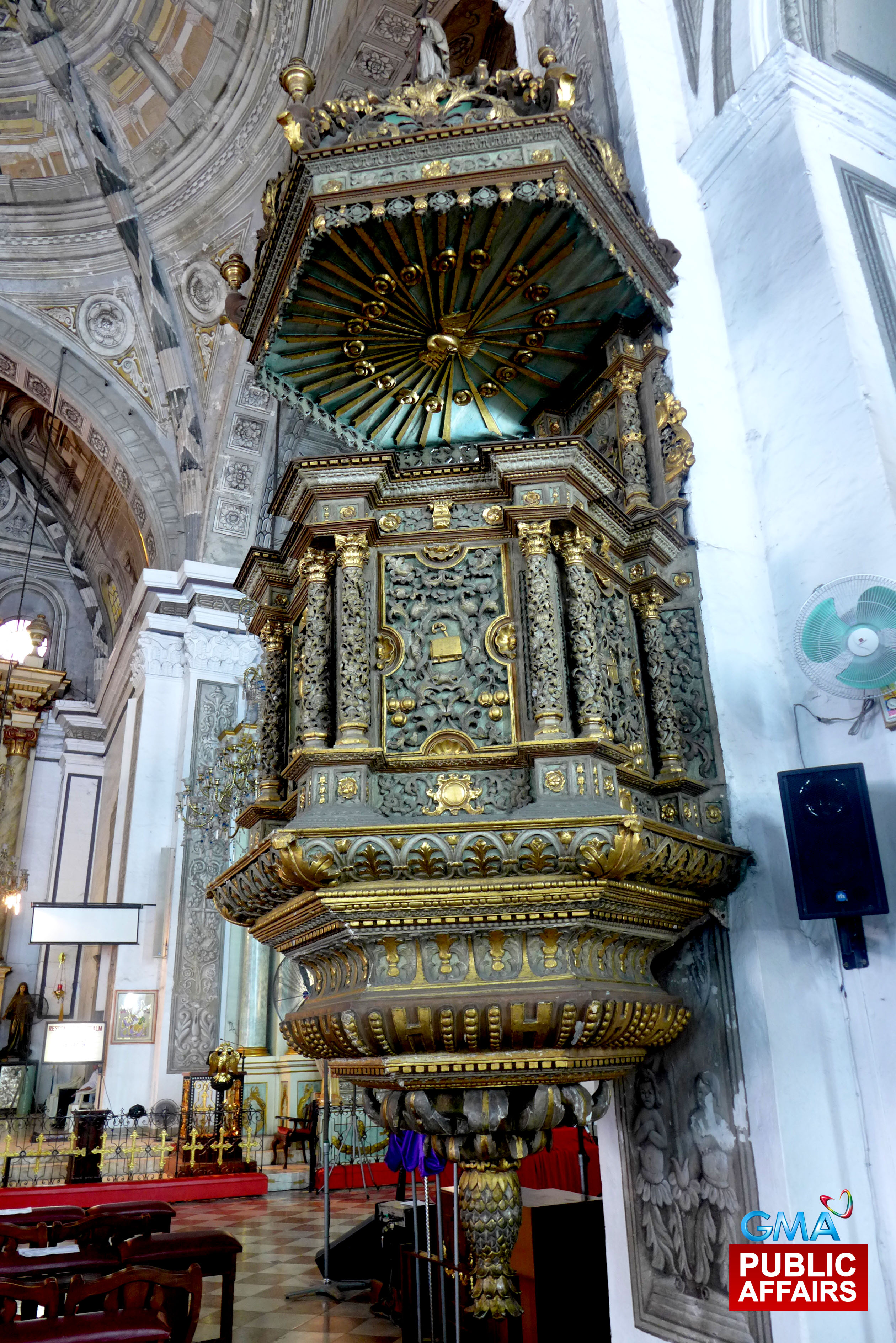
Minor Basilica of St. Lorenzo Ruiz
Plaza L. Ruiz, Binondo, Manila
Minor Basilica of St. Lorenzo Ruiz or better known as Binondo was once considered as one of the most beautiful churches in the country, until it was destroyed during the British invasion. It was rebuilt in 1852, but part of the church was again destroyed during the World War II.
Though reconstructed many times, what remains of the original 16th century structure is the five-story, octagonal belfry, suggestive of the Chinese parishioners. Binondo Church is also known for its colorful paintings on its ceiling.
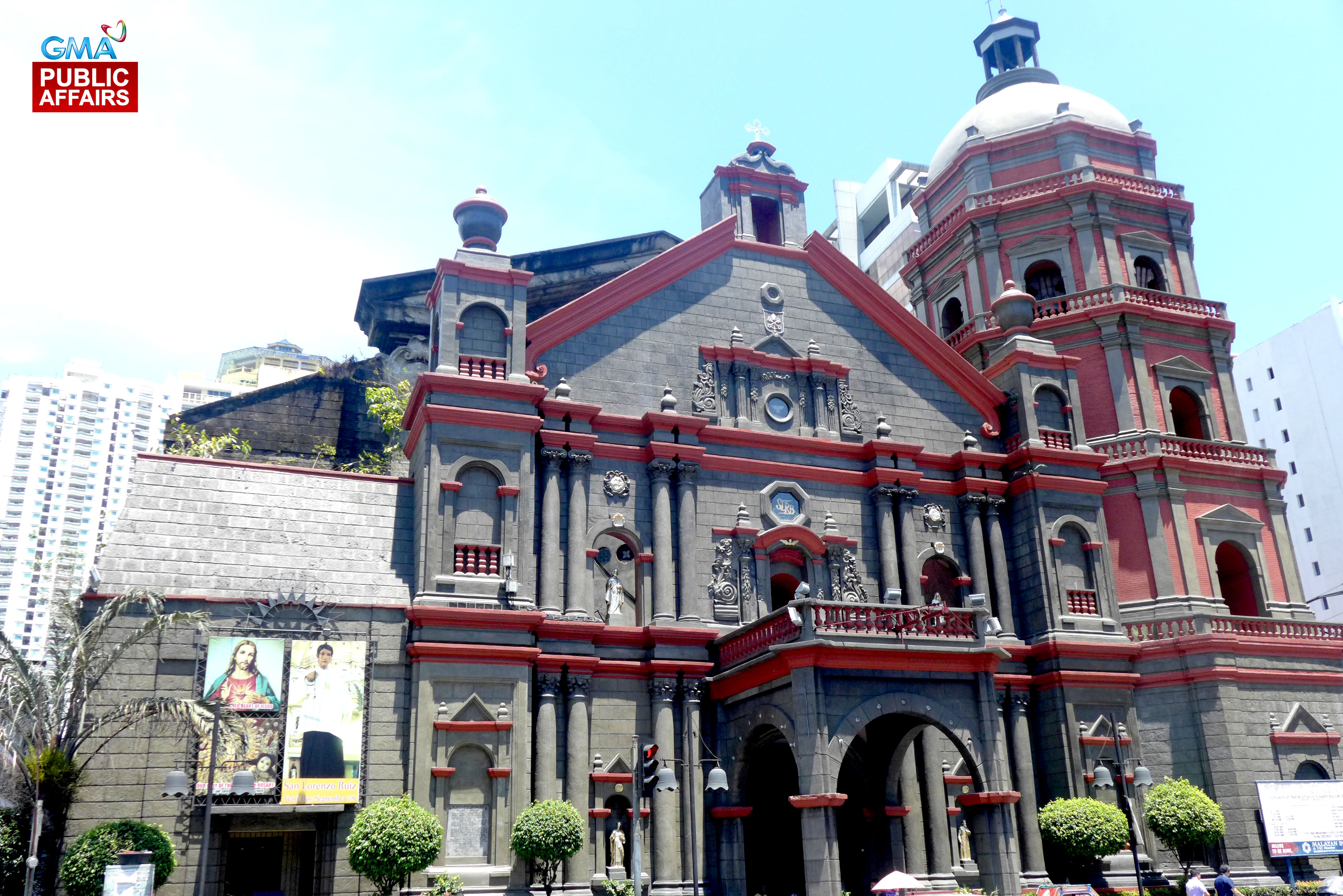

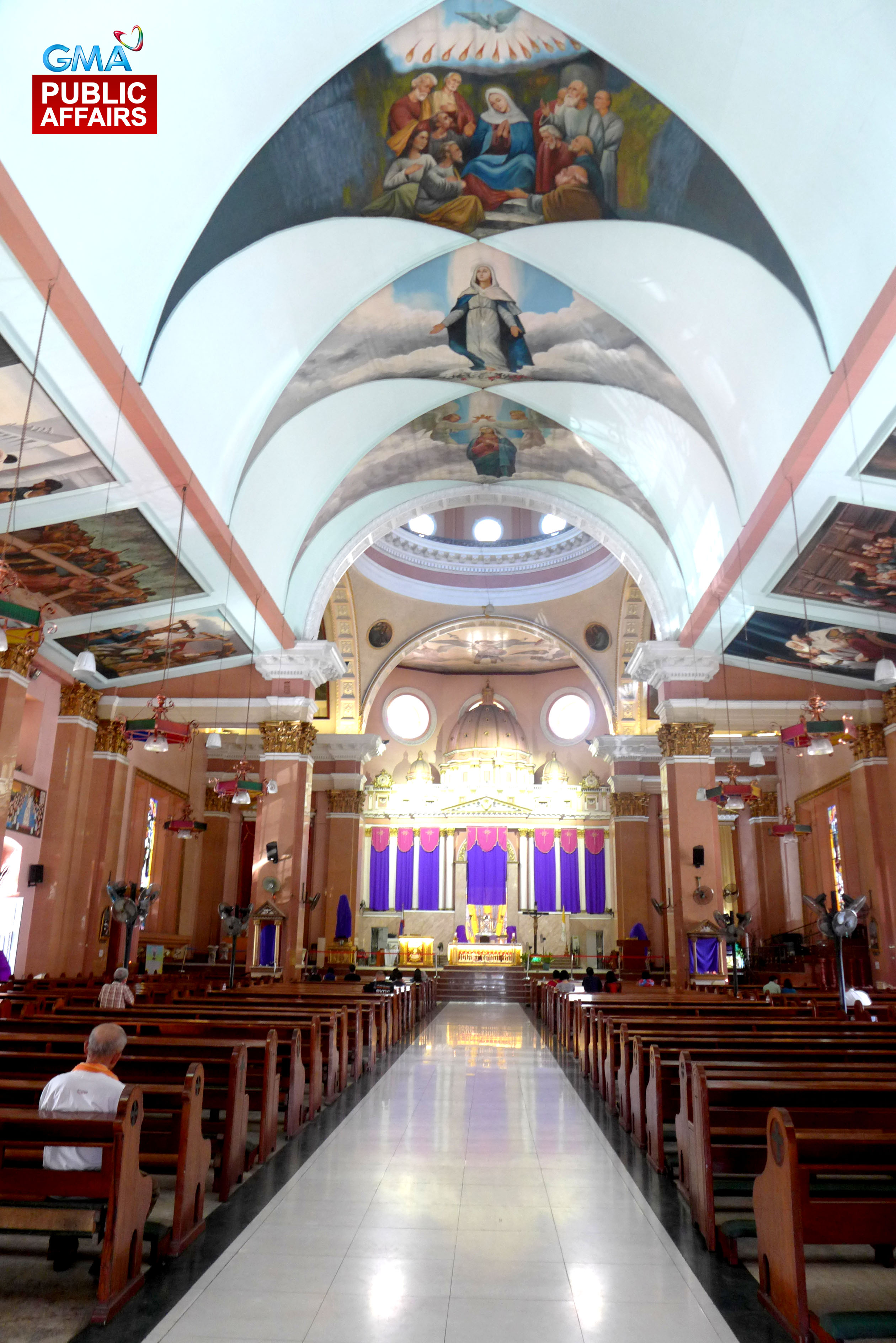
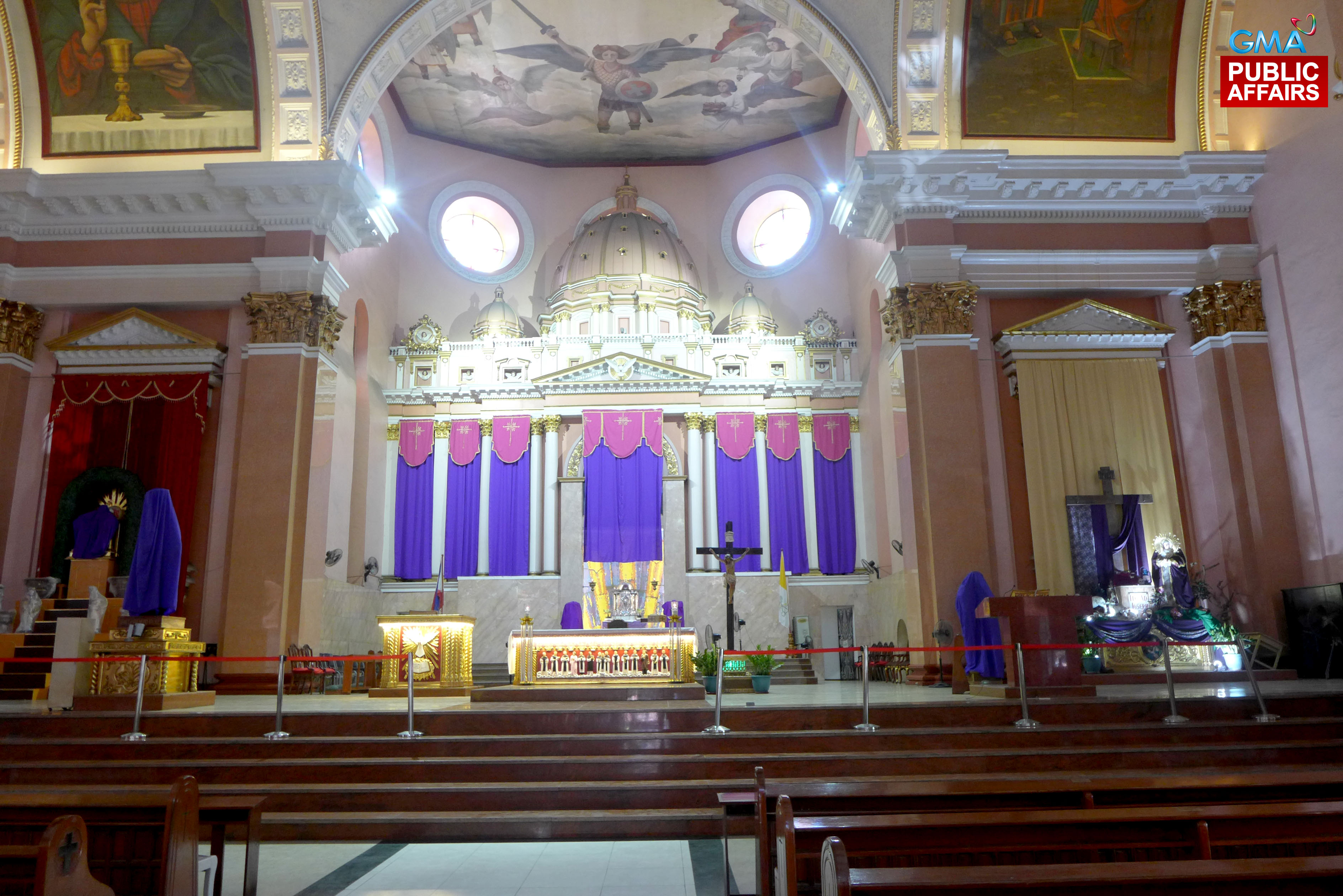
Minor Basilica of the Black Nazarene
Quiapo, Manila
Needless to say, the Minor Basilica of the Black Nazarene, or Quiapo Church, is one of the favorite Visita Iglesia destinations not only because of prominence as a devotion site, but also because of its convenience, being at the heart of Manila. Quiapo Church is home to the miraculous Black Nazarene, whose original image was brought to the country in the 17th century.
Quiapo Church underwent major renovations in the past due to calamities and wars. What remained of its original Baroque style architecture are the façade and the dome at the transept.


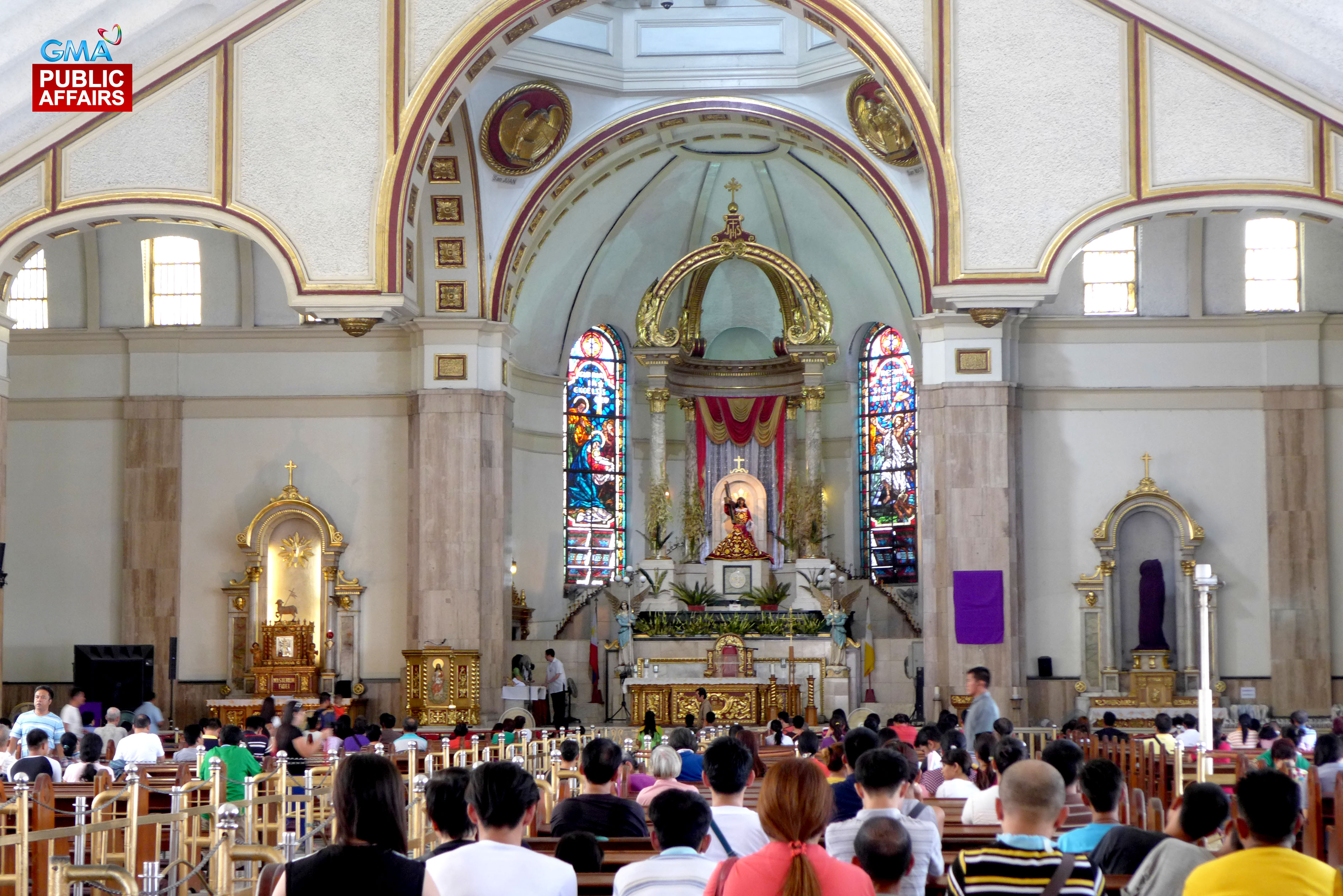
San Sebastian Church
Plaza del Carmen, Manila
Famous for its impressive architectural features, San Sebastian Church is the only all-steel church in the country and the only pre-fabricated steel church in the world. This architectural wonder has already been declared a National Historical Landmark and has also made it to the tentative list of the UNESCO World Heritage Sites.
While other churches display breathtaking domes and arches, San Sebastian Church boasts of twin spires which are very reminiscent of Gothic architecture. Complementing its glorious façade are equally magnificent interiors of the church.
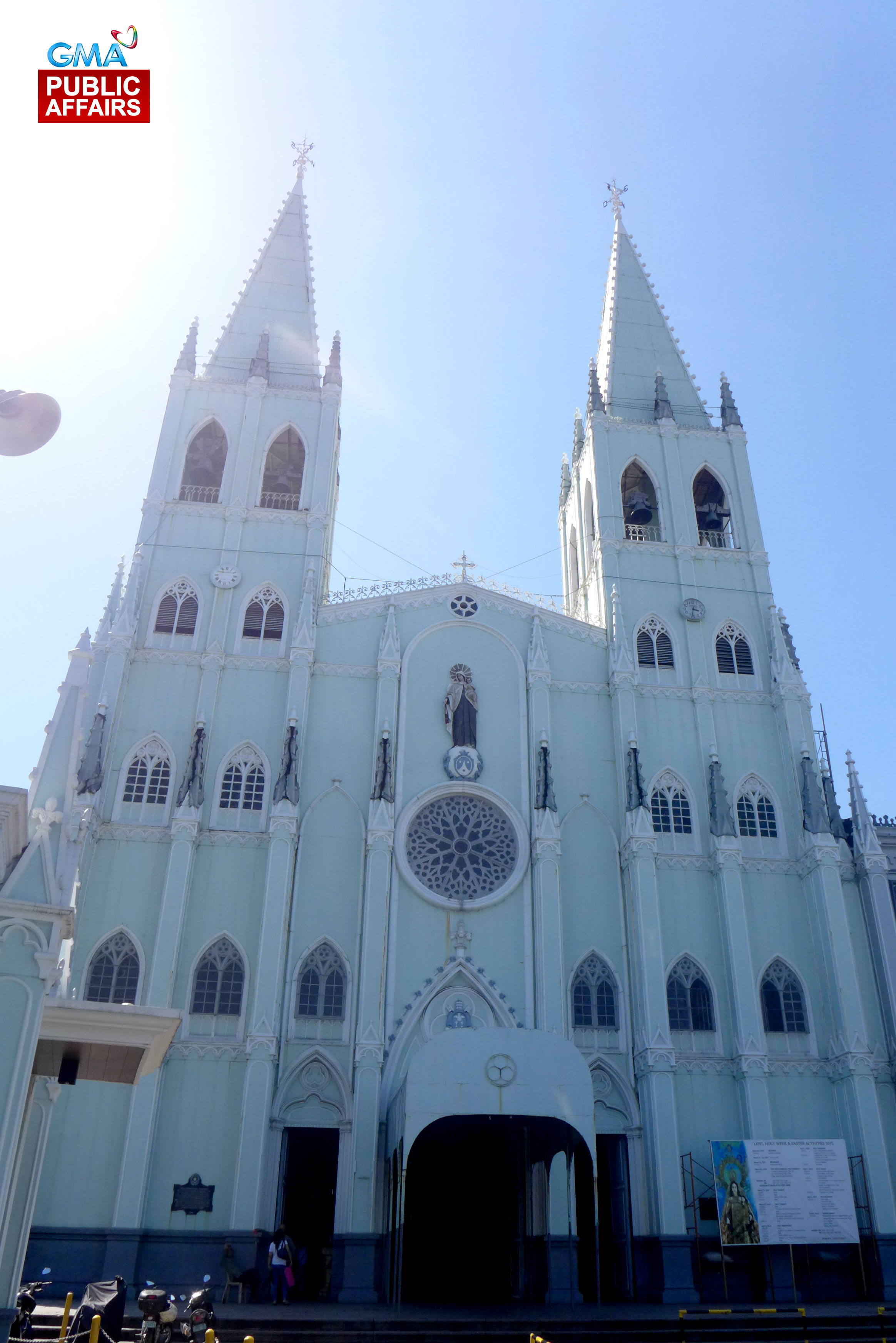
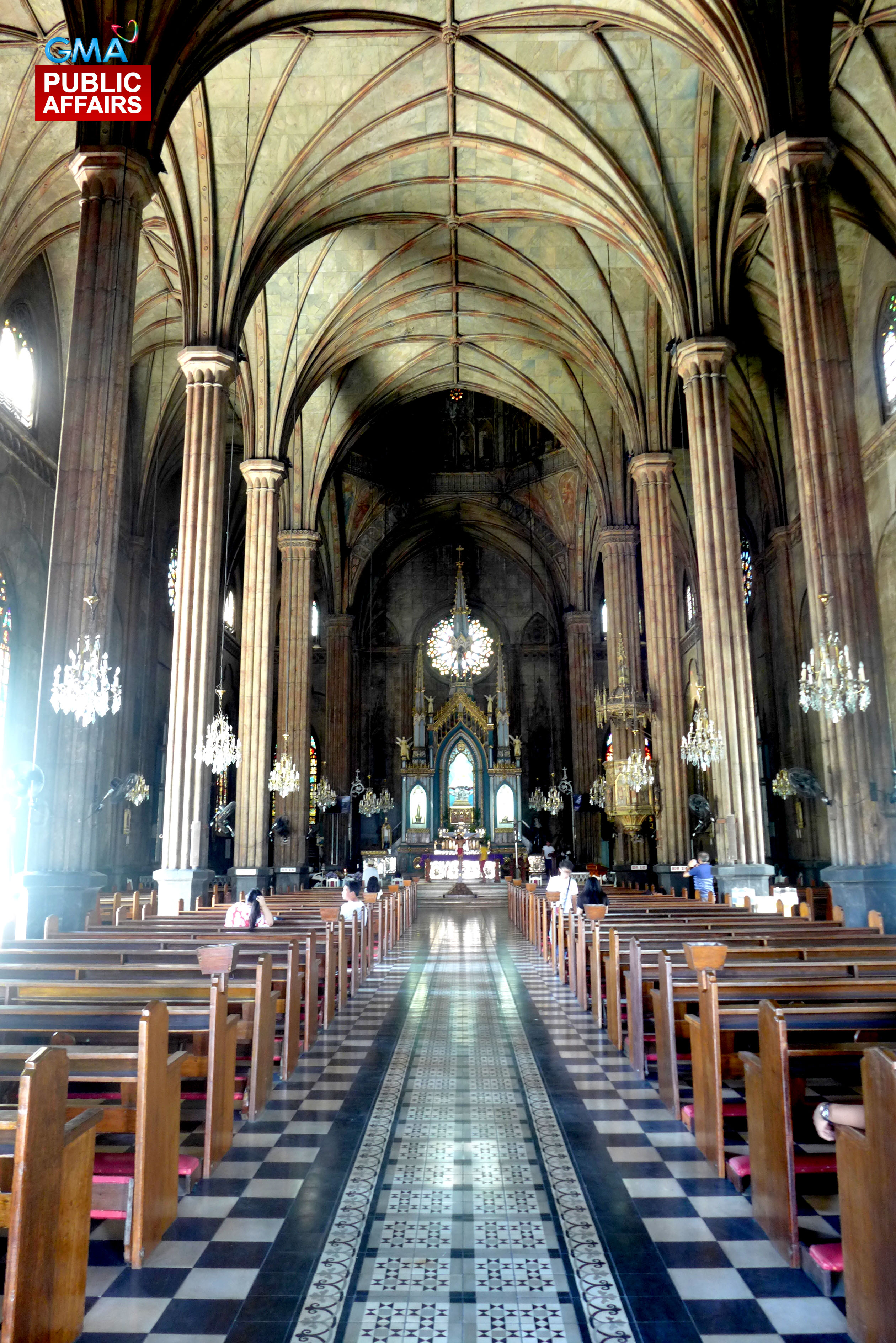

National Shrine of our Lady of the Rosary
Quezon Ave., Quezon City
The National Shrine of our Lady of the Rosary or commonly known as Sto. Domingo Church is considered the largest church in Metro Manila and one of the biggest churches in Asia. And unlike the Baroque churches built during the Spanish period, Sto. Domingo Church was built in Modern Spanish style.
Some of the artistic displays in Sto. Domingo are a celebration of Filipino artistry. Murals in the church’s nave were painted by National Artist Carlos “Botong” Francisco, while the stained-glass windows were designed by Galo Ocampo.
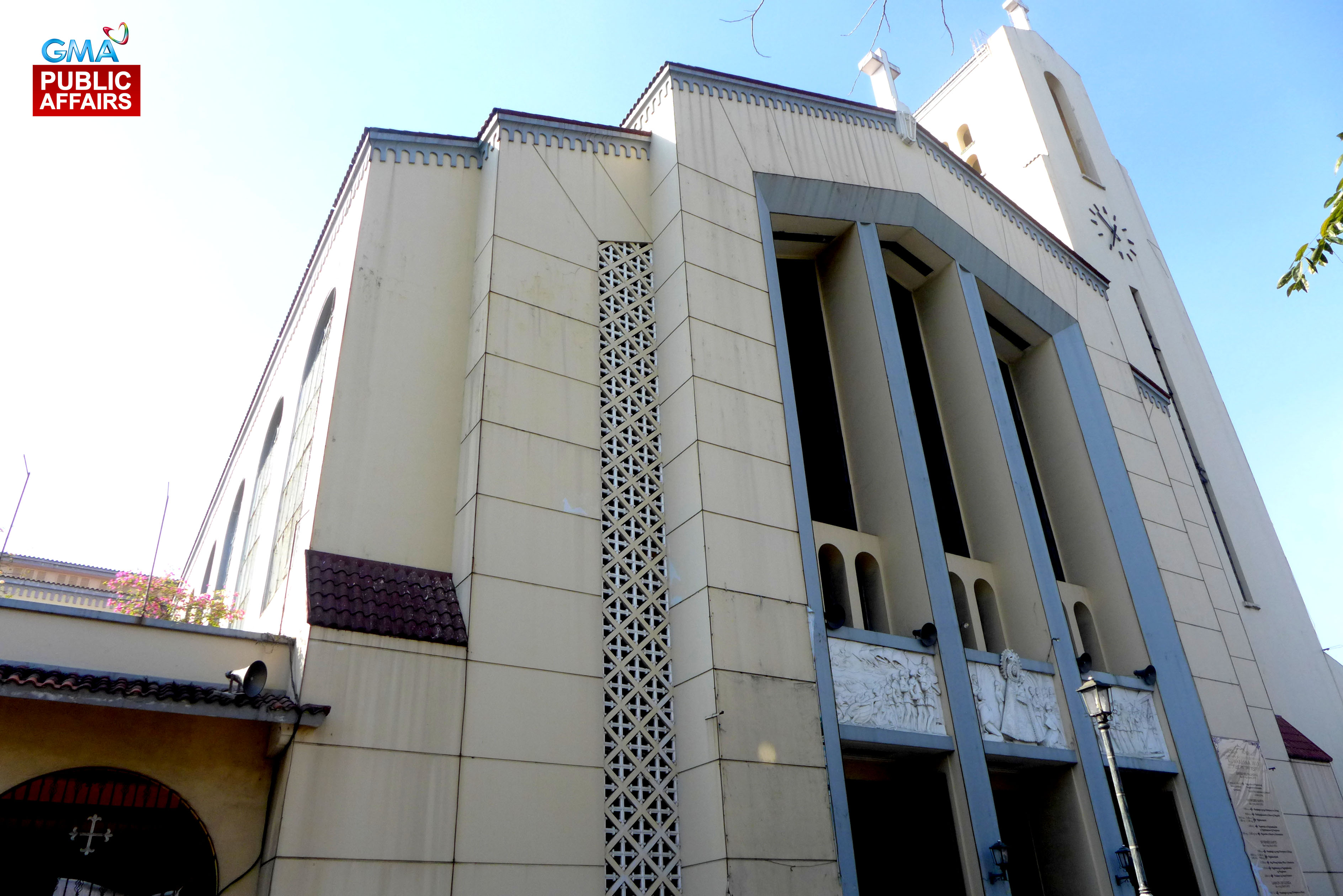

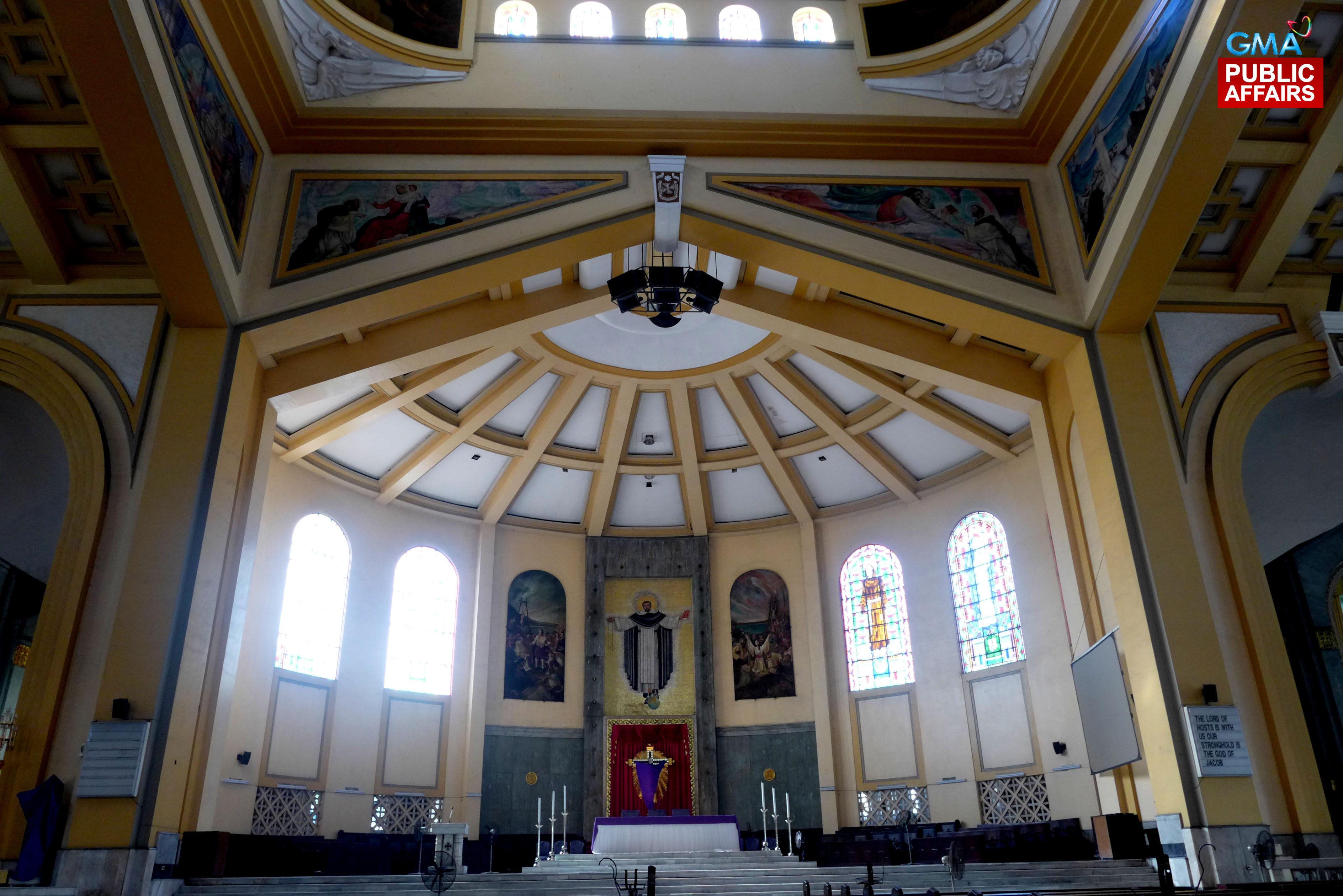
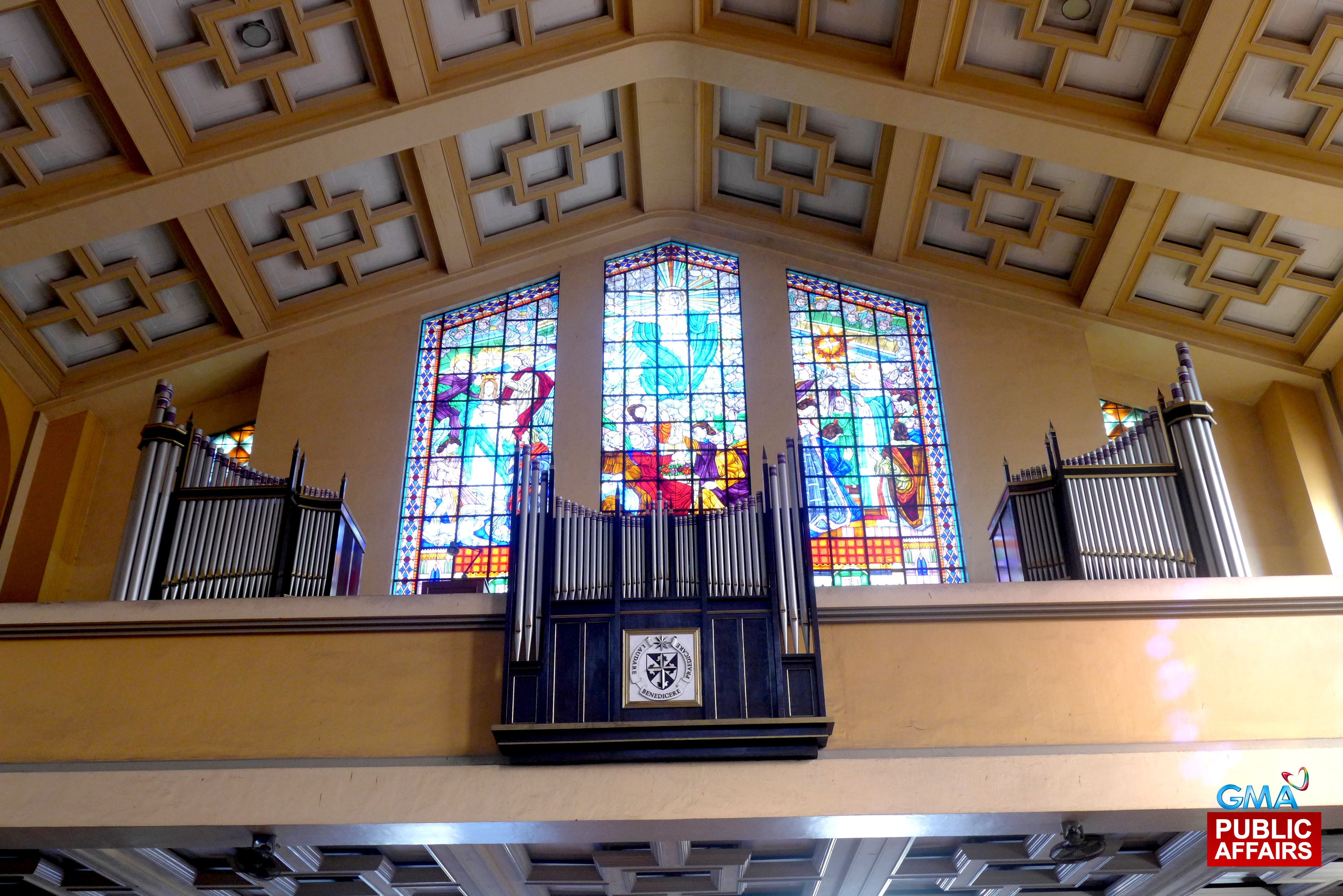
Cubao, Quezon City
Though only built in the mid-20th century, Immaculate Conception Cathedral or also known as Cubao Cathedral is already the seat of the Diocese of Cubao. It started as a parish in 1950, but went on to become a Cathedral, when the Diocese of Cubao was created in 2003.
The Cubao Cathedral’s style is Italian-Romanesque, which is very evident in the church’s ceilings and columns.
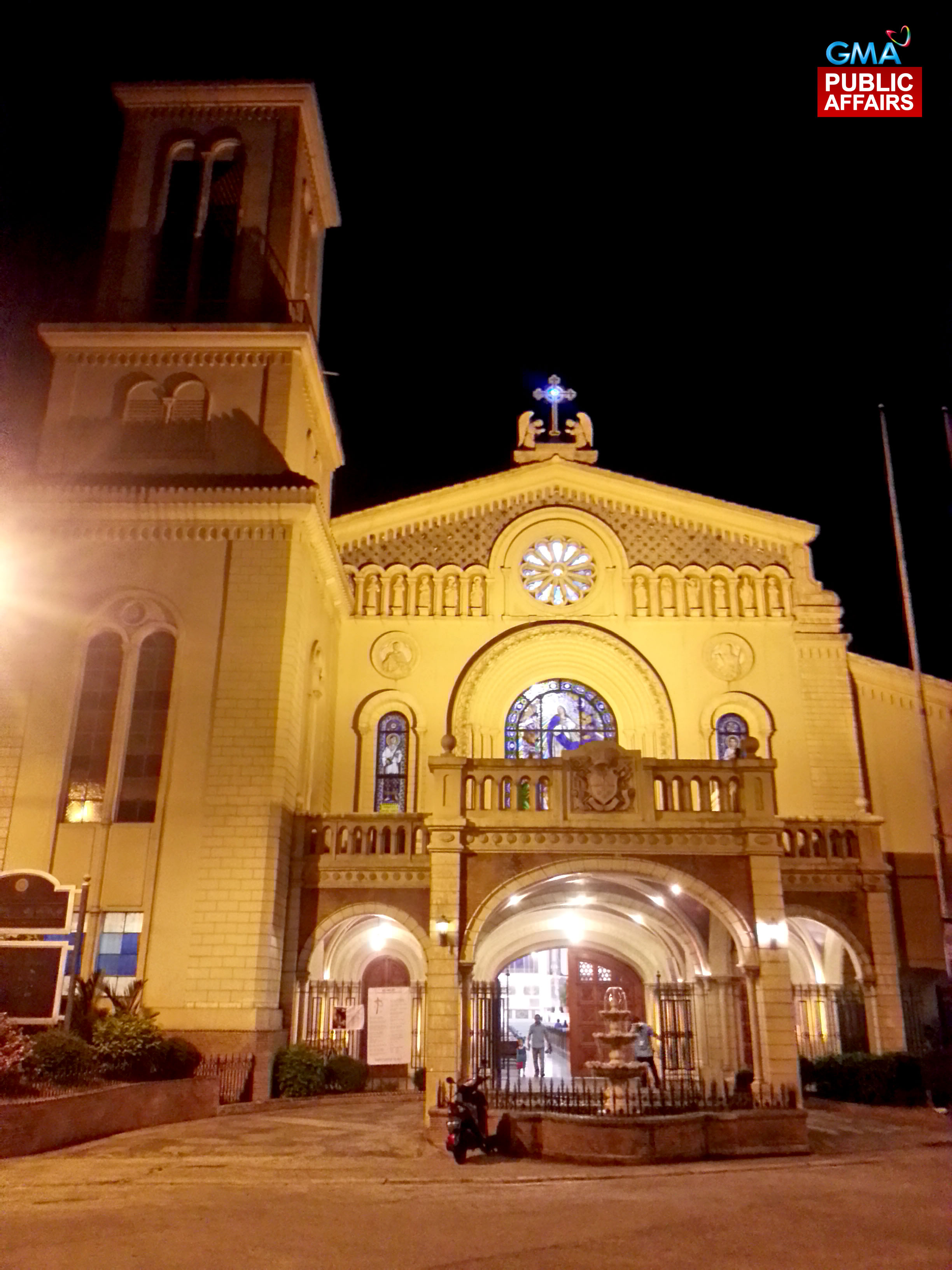
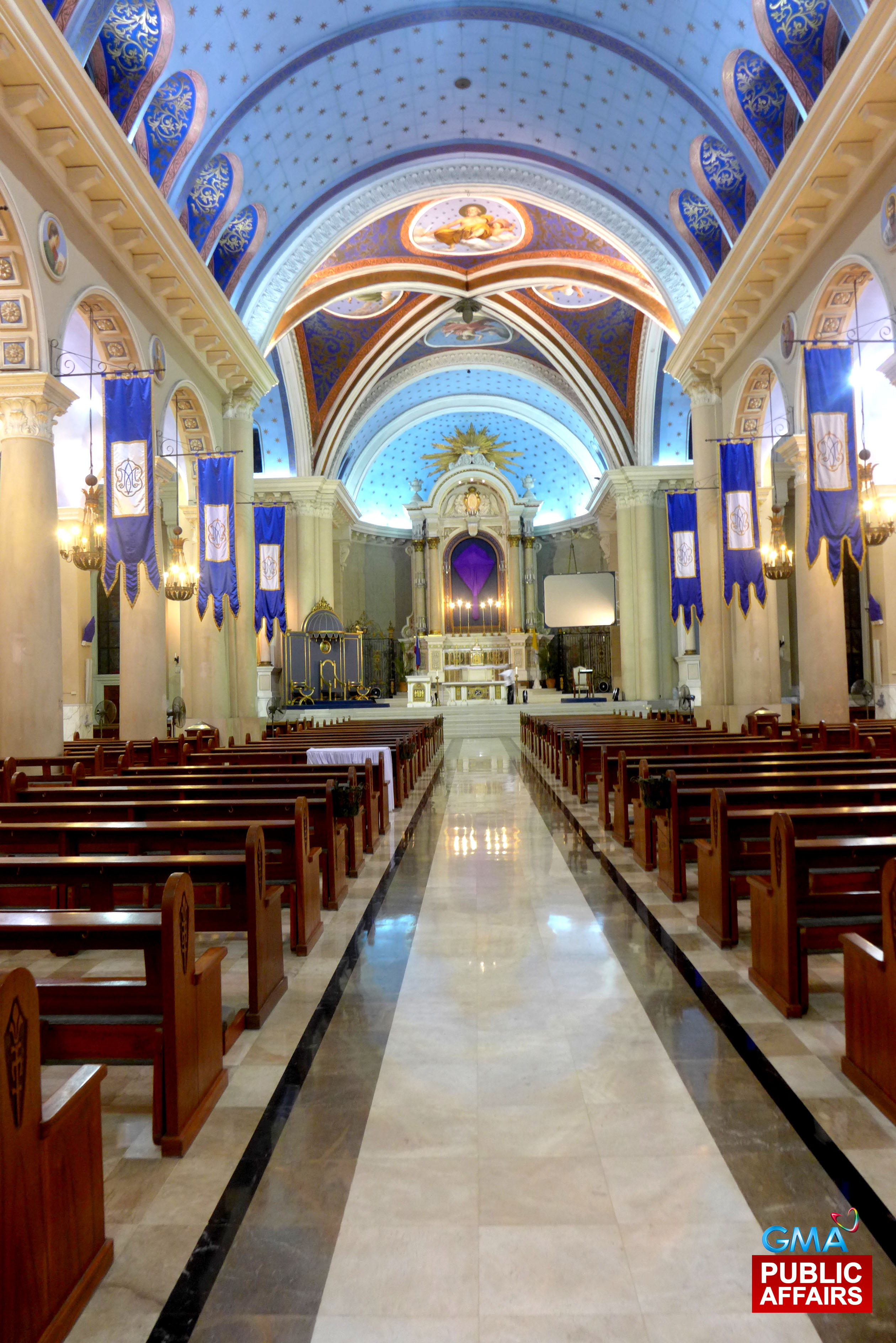

Our Lady of Mount Carmel Shrine
New Manila, Quezon City
Just like the nearby Cubao Cathedral, Our Lady of Mount Carmel Shrine is relatively new having been built only in 1954. But Mount Carmel has already attracted thousands of parishioners with its Modernist architectural style and massive structure.
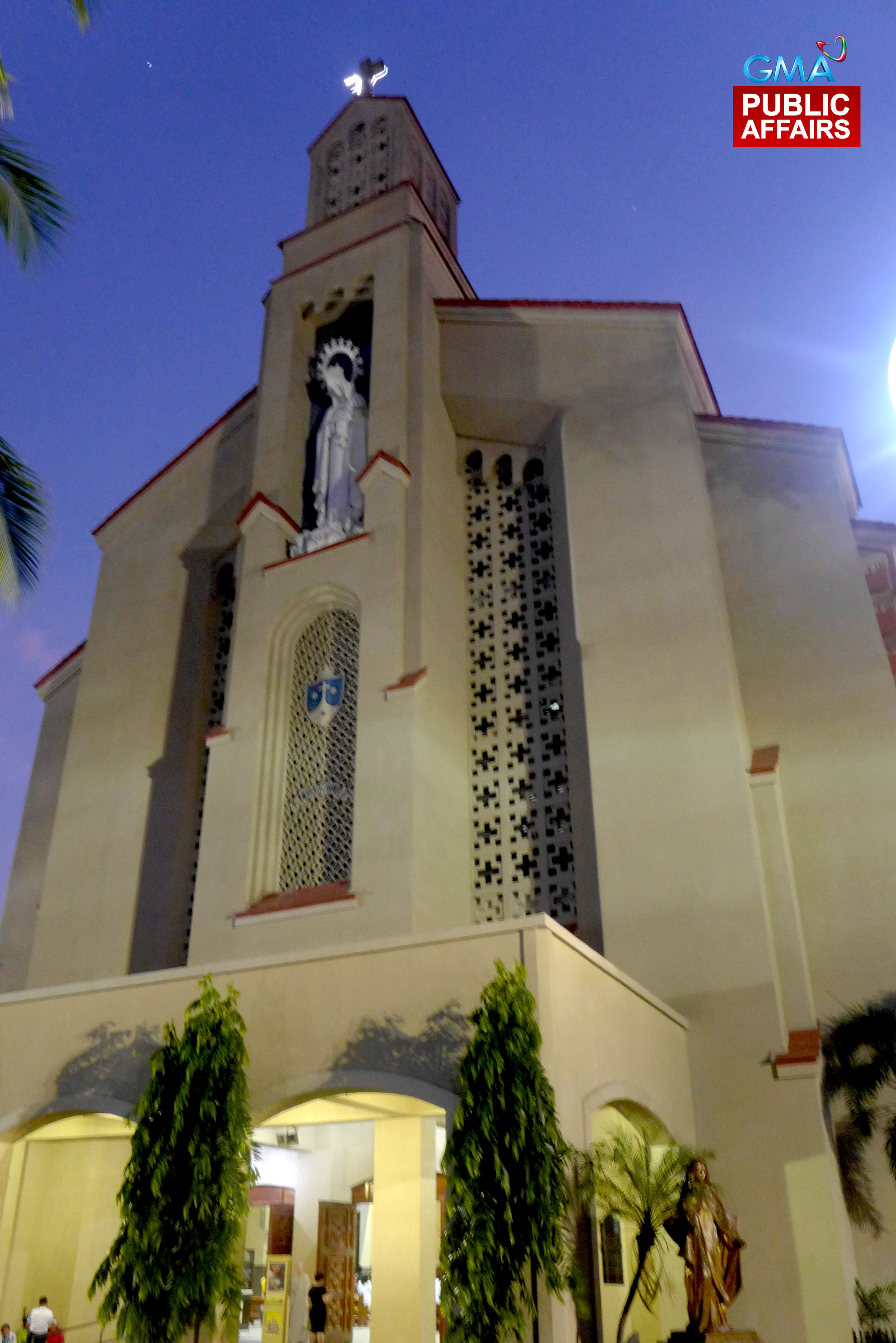
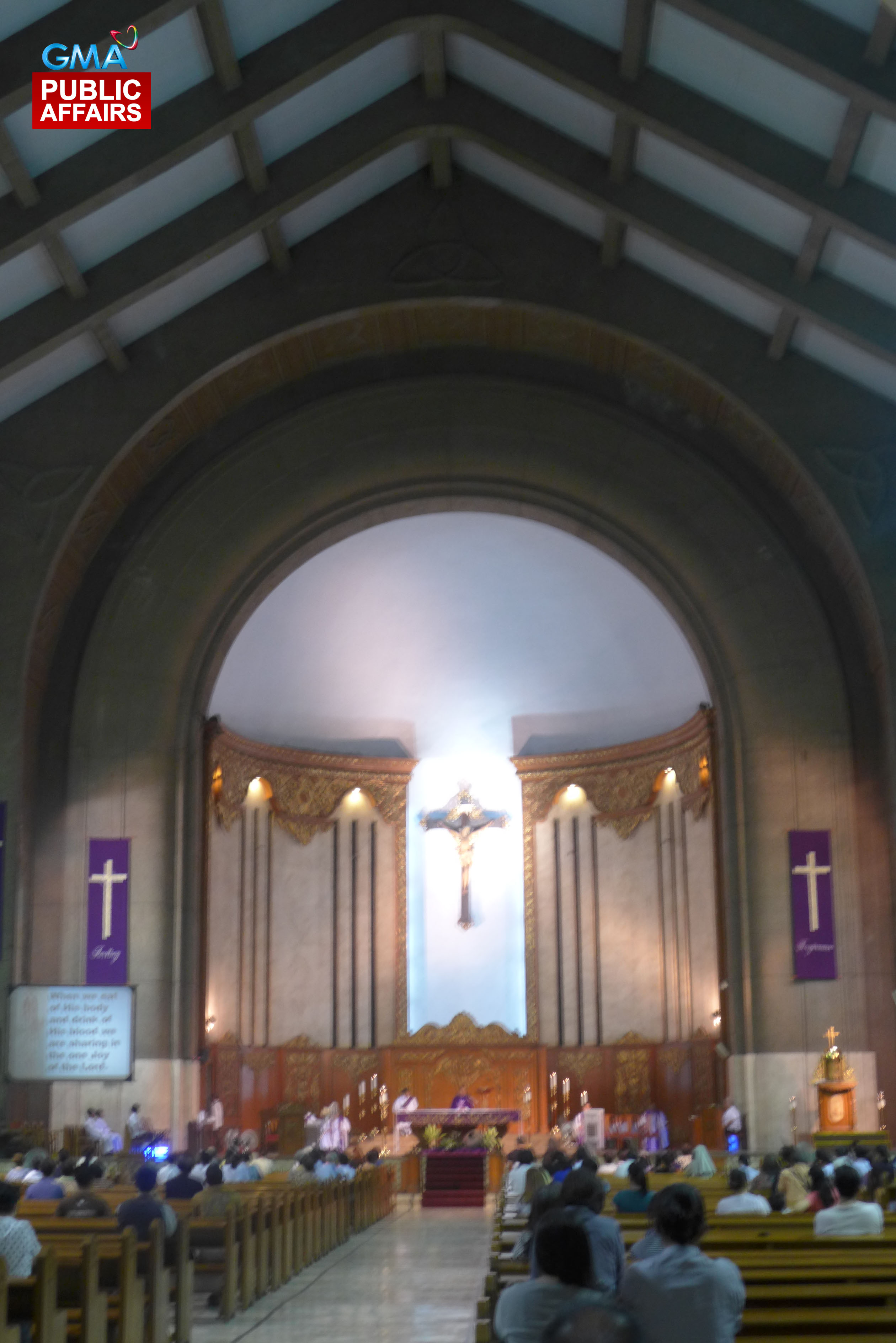
Nuestra Señora de Gracia Church
Guadalupe Viejo, Makati City
Who would have thought that in the midst of Makati’s towering buildings lies a sacred architectural gem? Nuestra Senora de Gracia Church, or Guadalupe Church as others fondly call it, is a mixture of Romanesque and Baroque architectural styles.
Though many reconstructions were made after it was damaged by major calamities and wars, Guadalupe has retained its architectural charm to date.
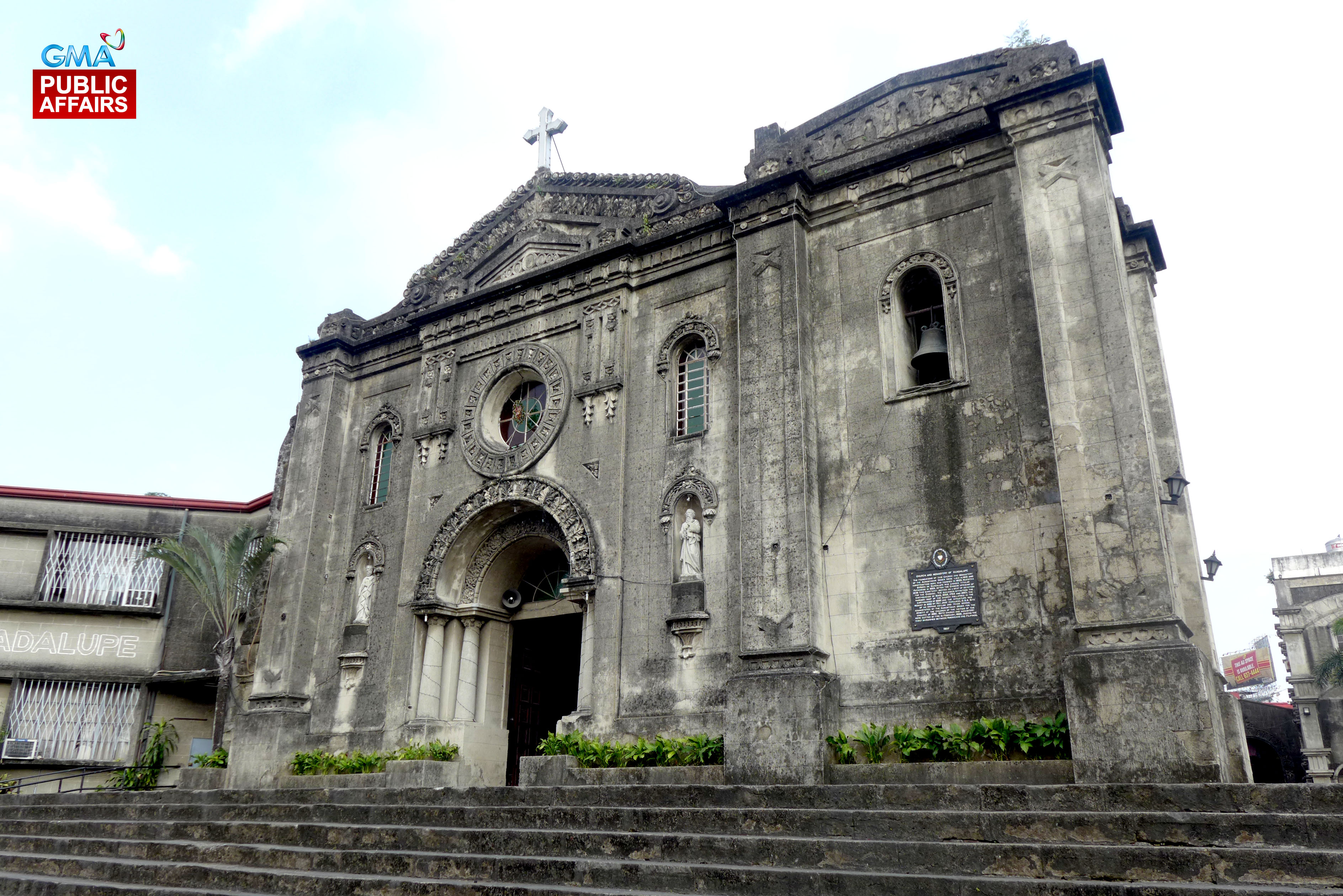

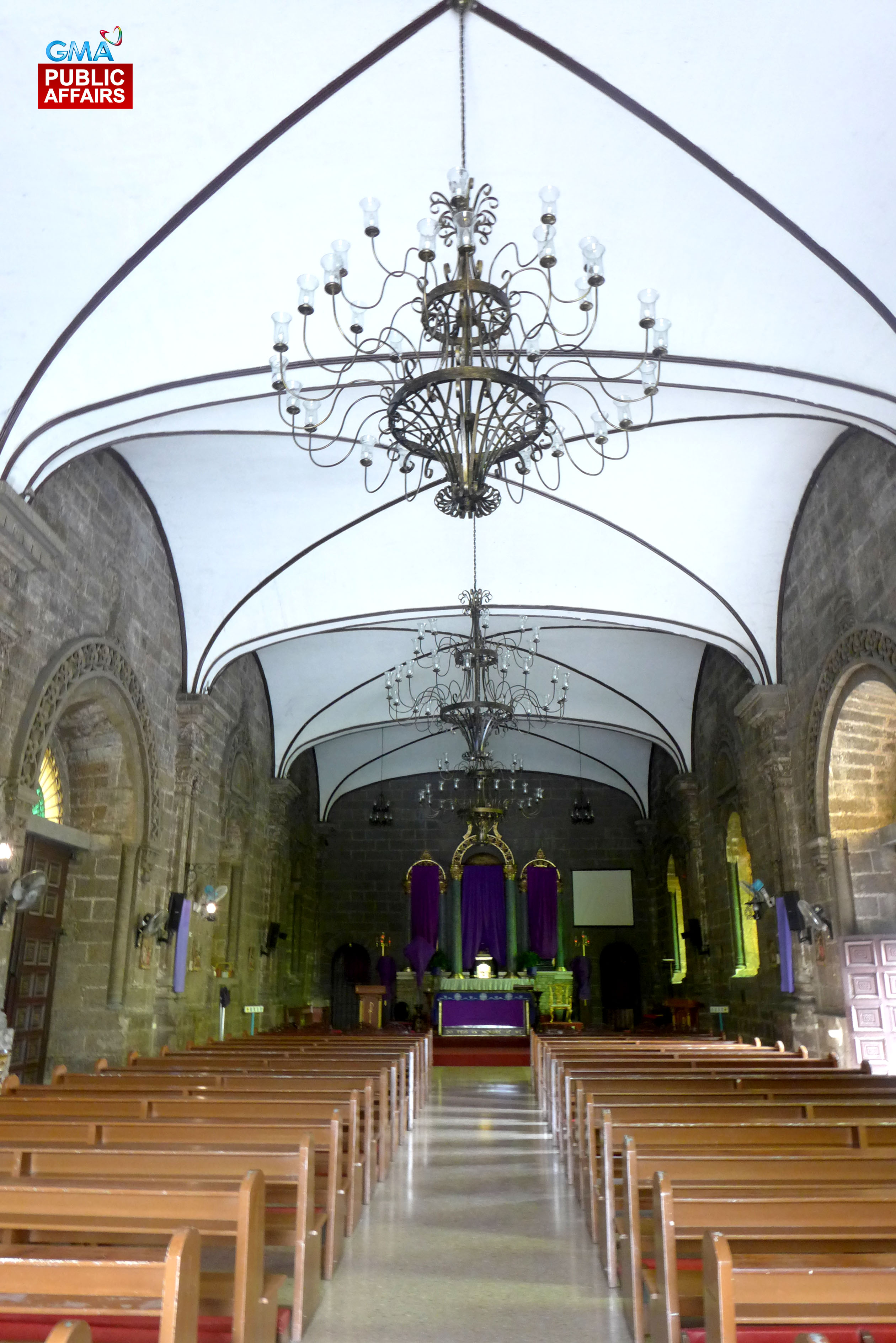
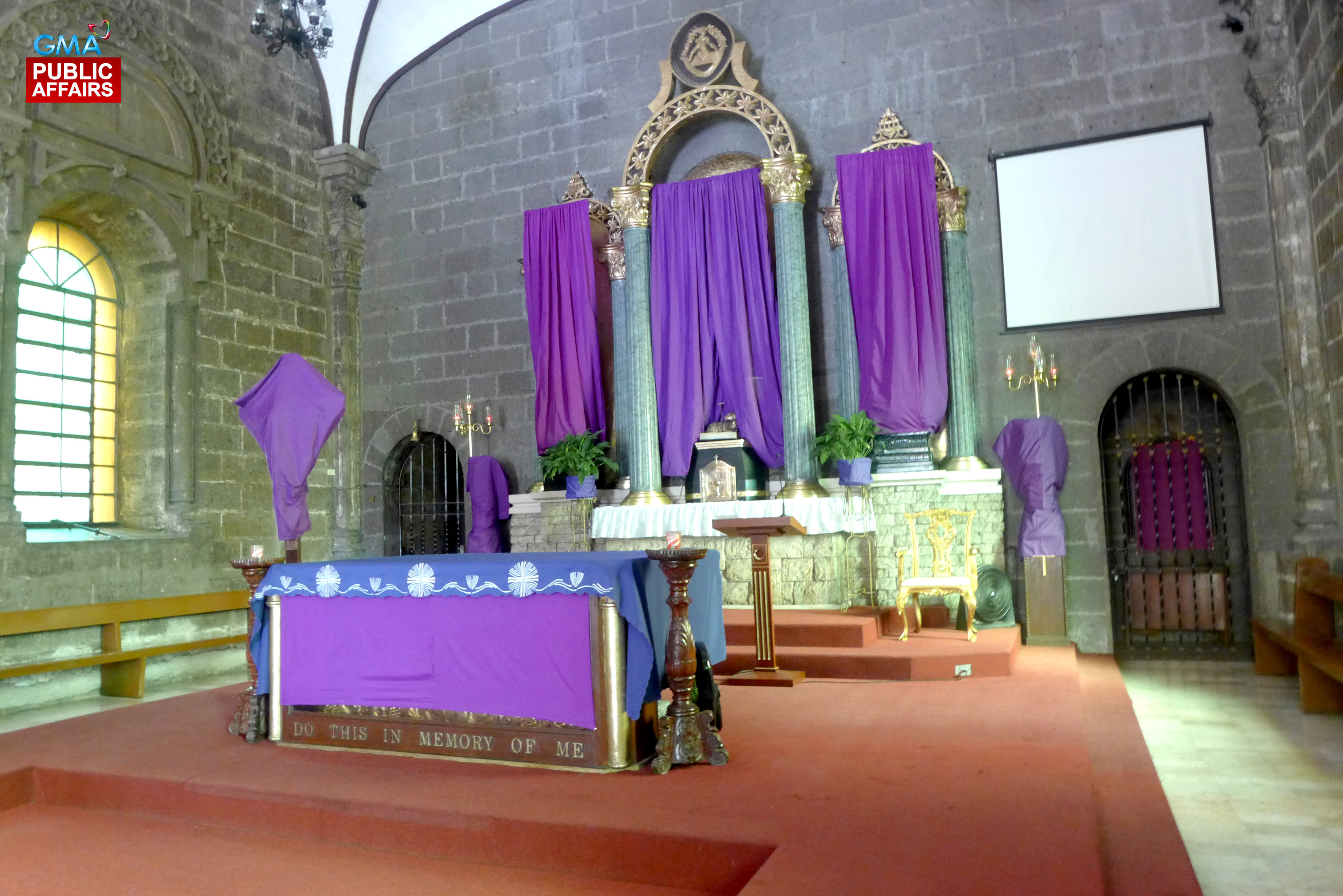
National Shrine of Our Mother of Perpetual Help
Roxas Blvd., Paranaque City
The National Shrine of Our Mother of Perpetual Help, also known as Redemptorist Church, or even more popularly known as Baclaran Church, is one of the largest Marian churches in the country. Needless to say, it has gained popularity because of the tens of thousands of devotees who flock the church every Wednesday.
The church’s Modern-Romanesque building has a full seating capacity of 2,000. But it can accommodate as many as 11,000 people during “Baclaran Day.”
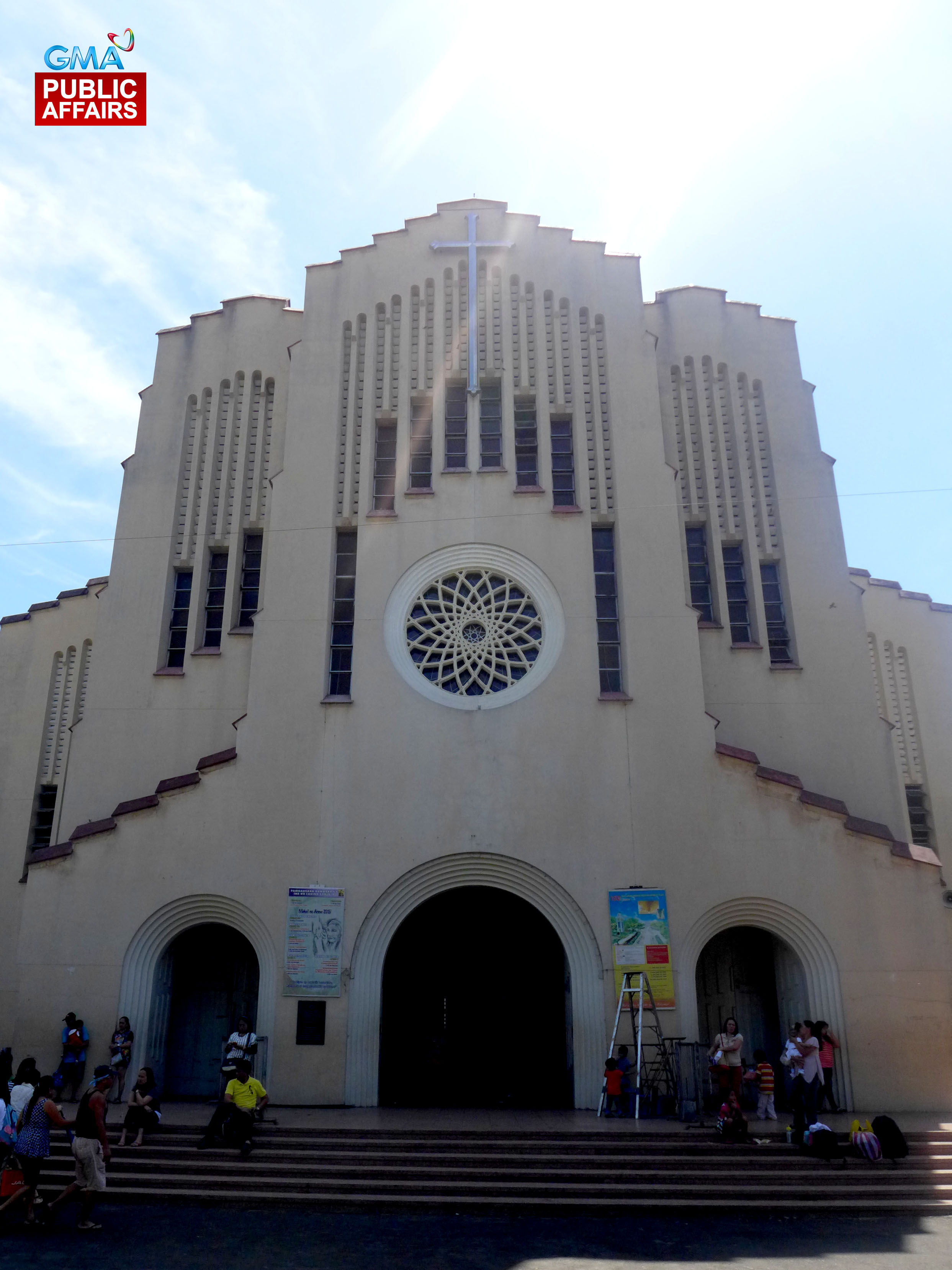

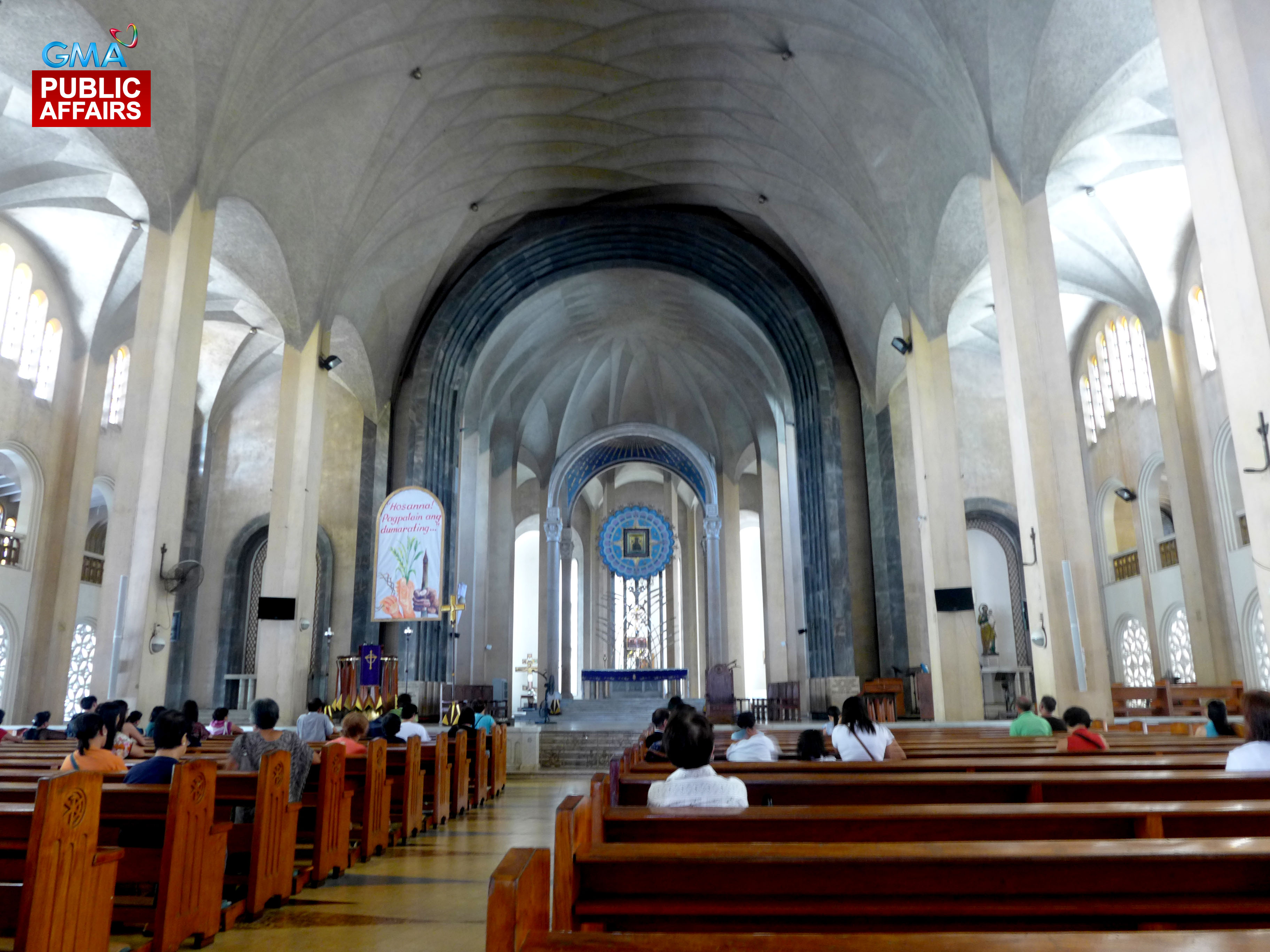
St. Joseph Parish Church
Quirino Ave., Las Piñas City
St. Joseph Parish Church or commonly known as Las Piñas Church is home to the world-famous Las Piñas bamboo organ. It was founded by Fr. Diego Cera and was originally made out of bamboo, a staple product of Las Piñas during the Spanish era. It was also Fr. Cera who initiated the construction of the church’s bamboo organ.
Both the church and the bamboo organ have become a popular tourist destination in Las Piñas. In 2003, the Las Piñas bamboo organ has been declared a National Historical Treasure because it is the only known oldest and largest bamboo organ existing in the world.
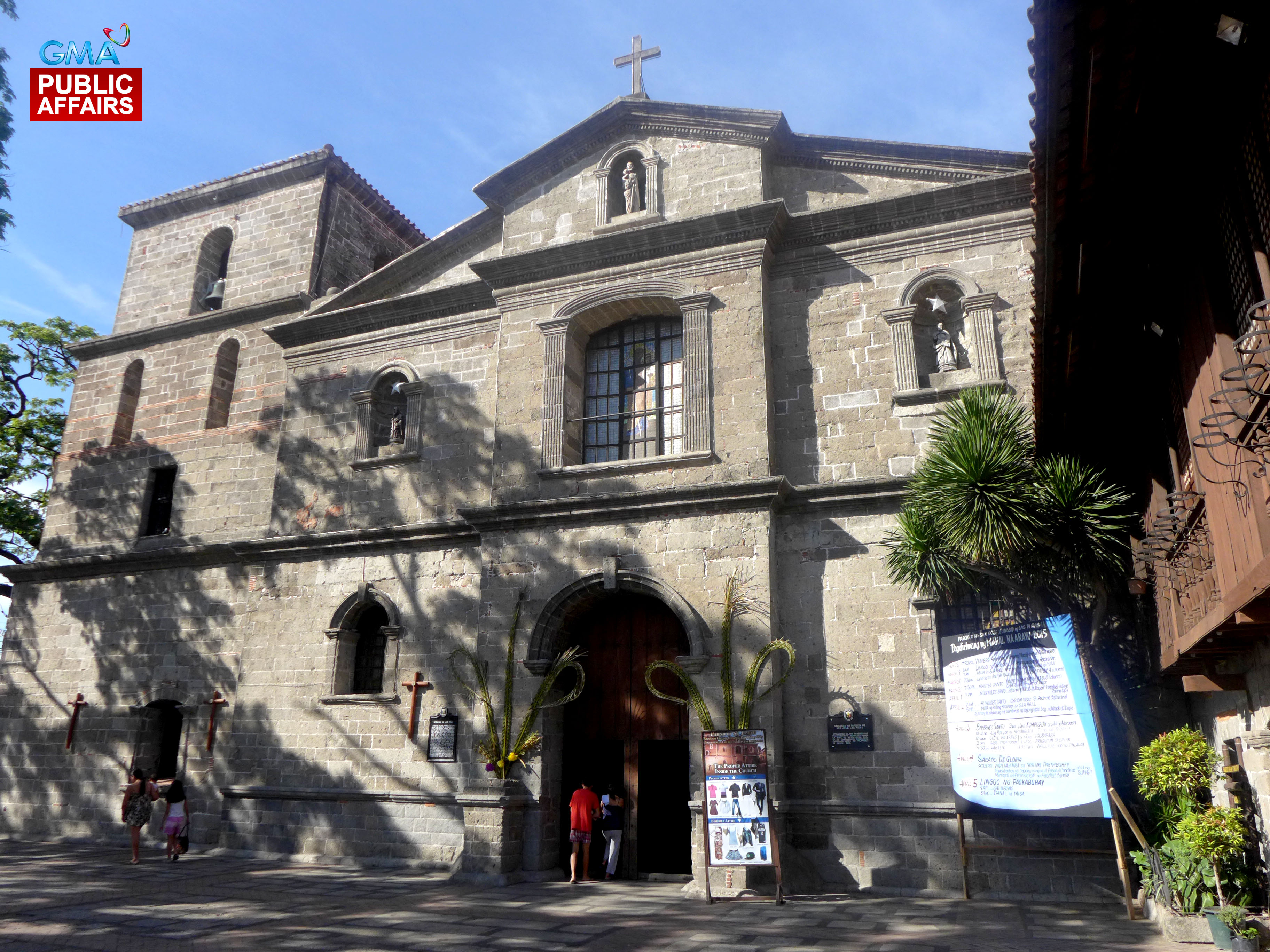

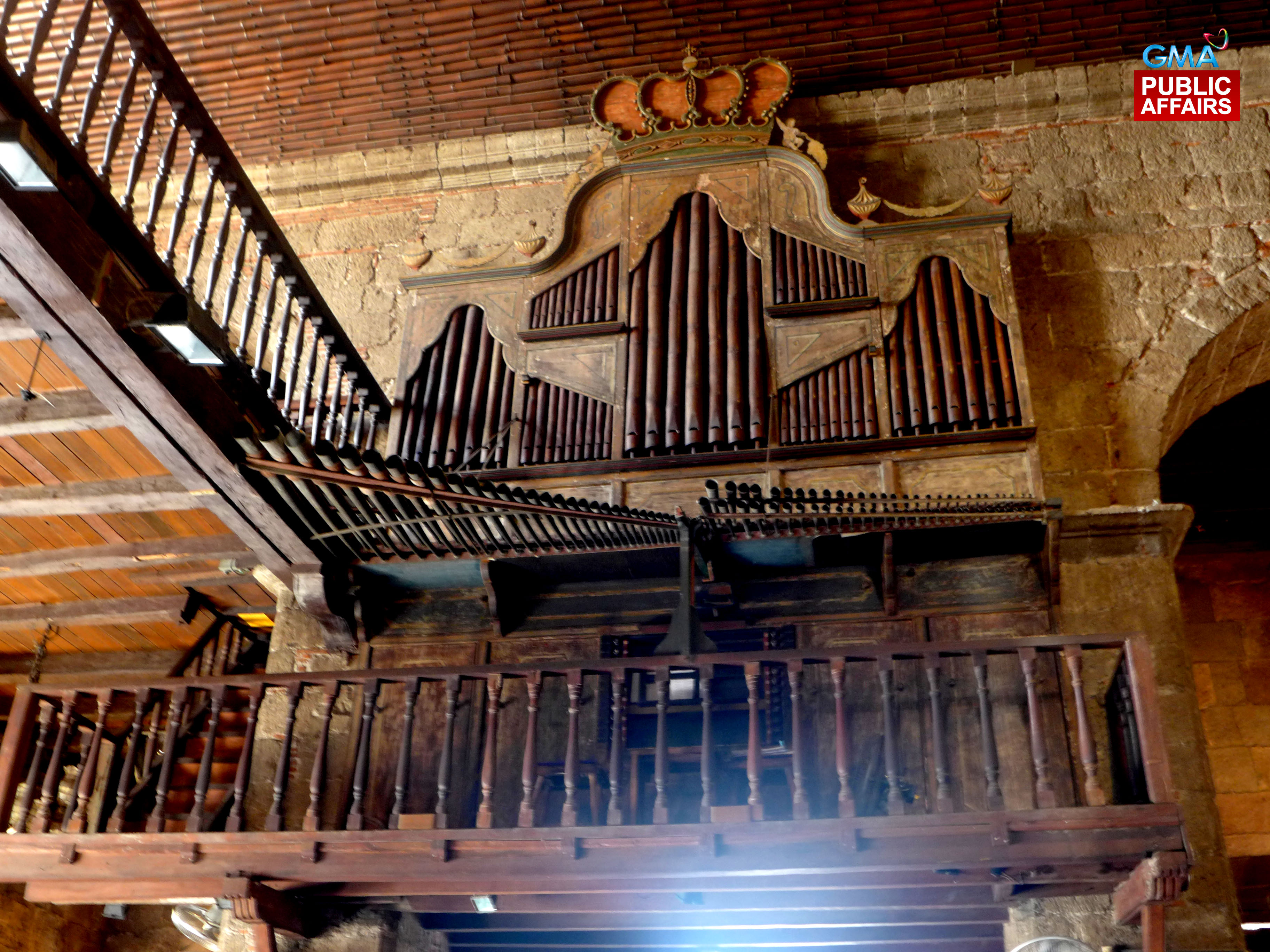
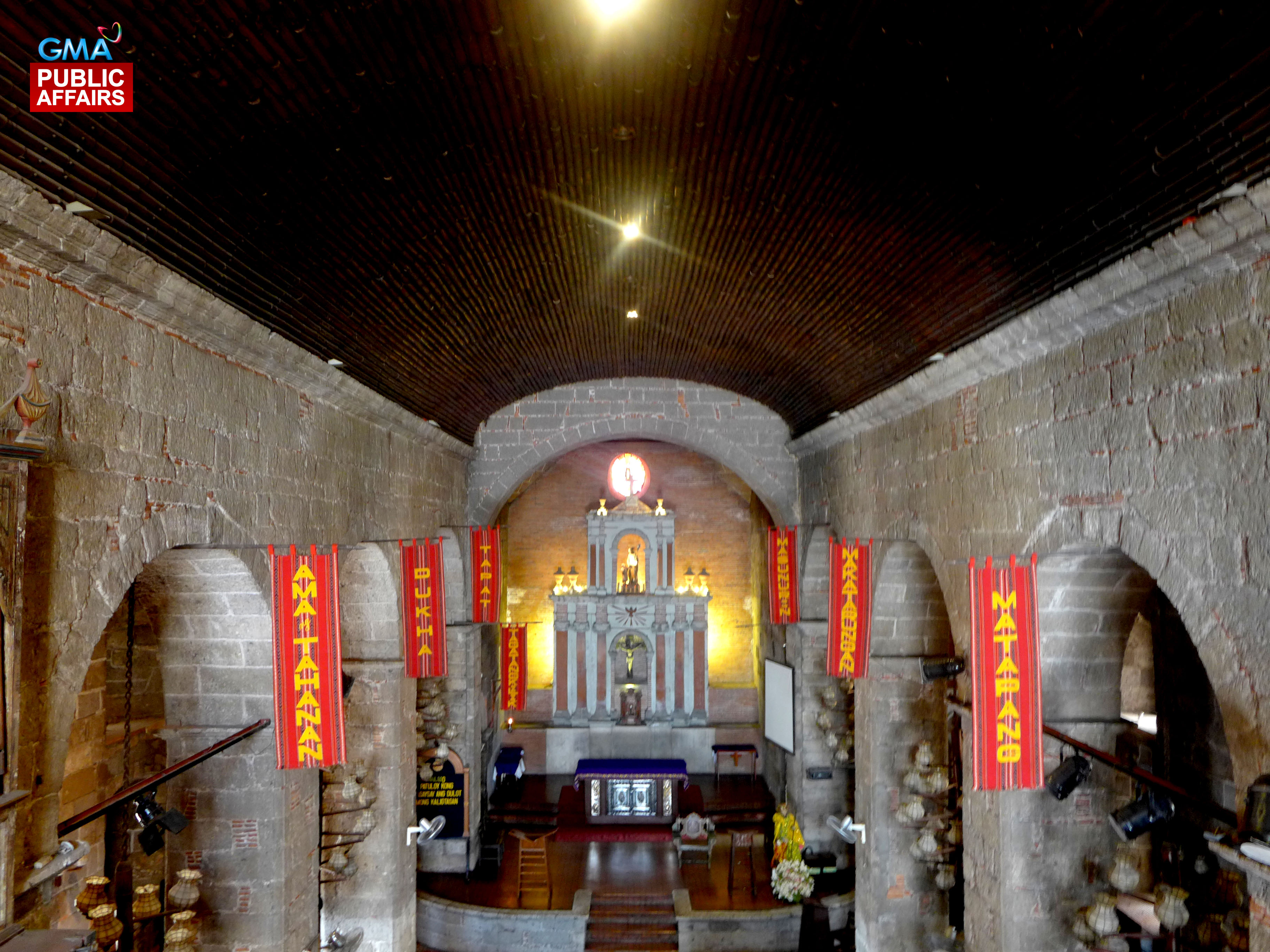
Cathedral Parish of St. Andrew
Quirino Ave., La Huerta, Parañaque City
Just a few kilometers away from Las Piñas Church lies the seat of the Diocese of Parañaque, the Cathedral Parish of St. Andrew. Also known as the Parañaque Cathedral, it is one of the oldest churches in the Philippines, having been built in 1580.
Formerly Parish of St. Andrew, the church was made cathedral after the Diocese of Parañaque was formed in 2002, along with the Diocese of Novaliches.
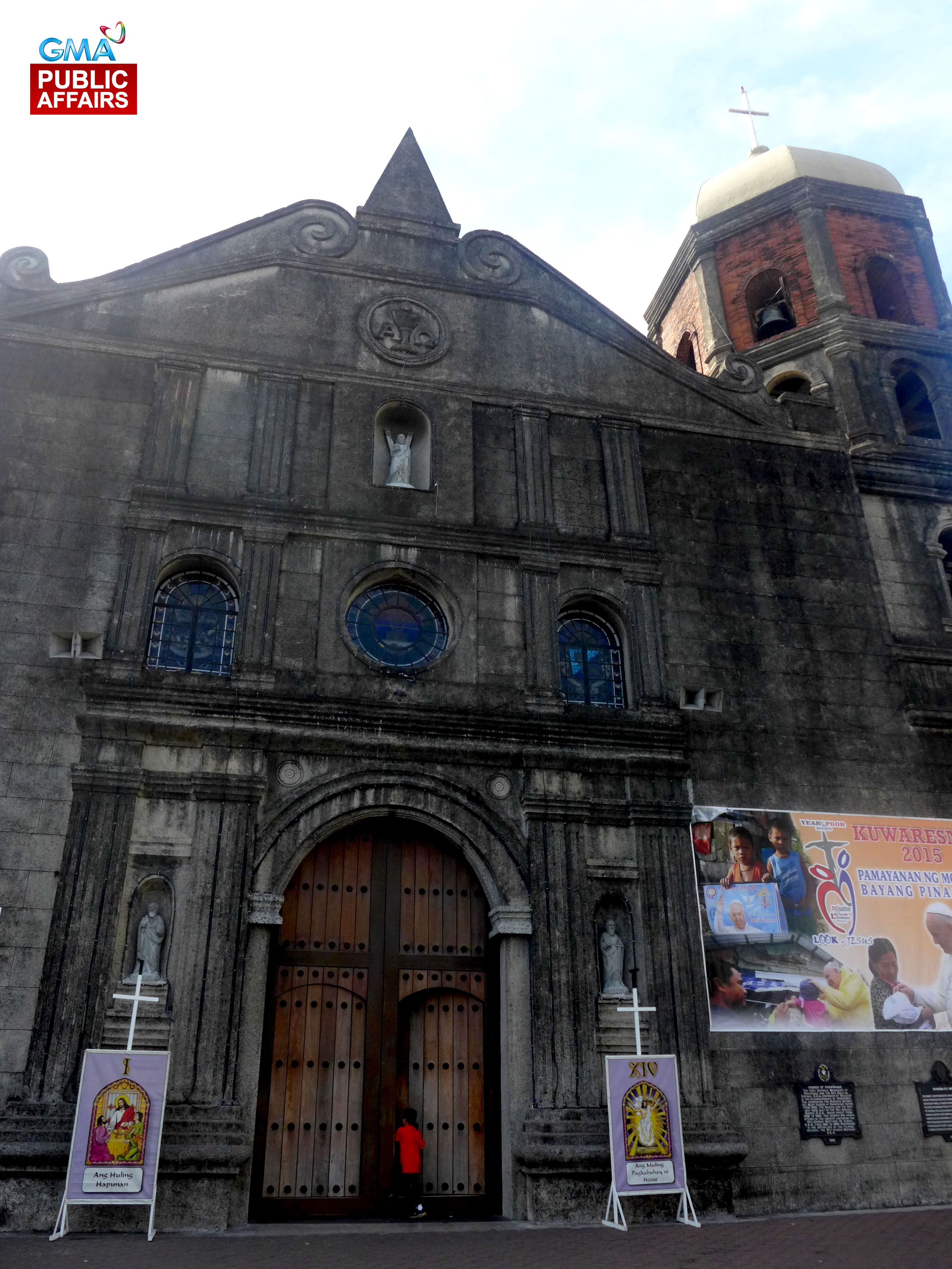

Immaculate Conception Cathedral – Pasig
Malinao, Pasig City
The Immaculate Conception Cathedral – Pasig or Pasig Cathedral is also one of the oldest religious structures in the country. It was built in 1573 by the Augustinian friars in the village of Pinagbuhatan. But because of frequent flooding, they relocated it to where the Cathedral currently stands.
Though the Church’s interiors looked modern because of recent renovations, its façade retained its Baroque style architecture. Pasig Cathedral is now the seat of the Diocese of Pasig.
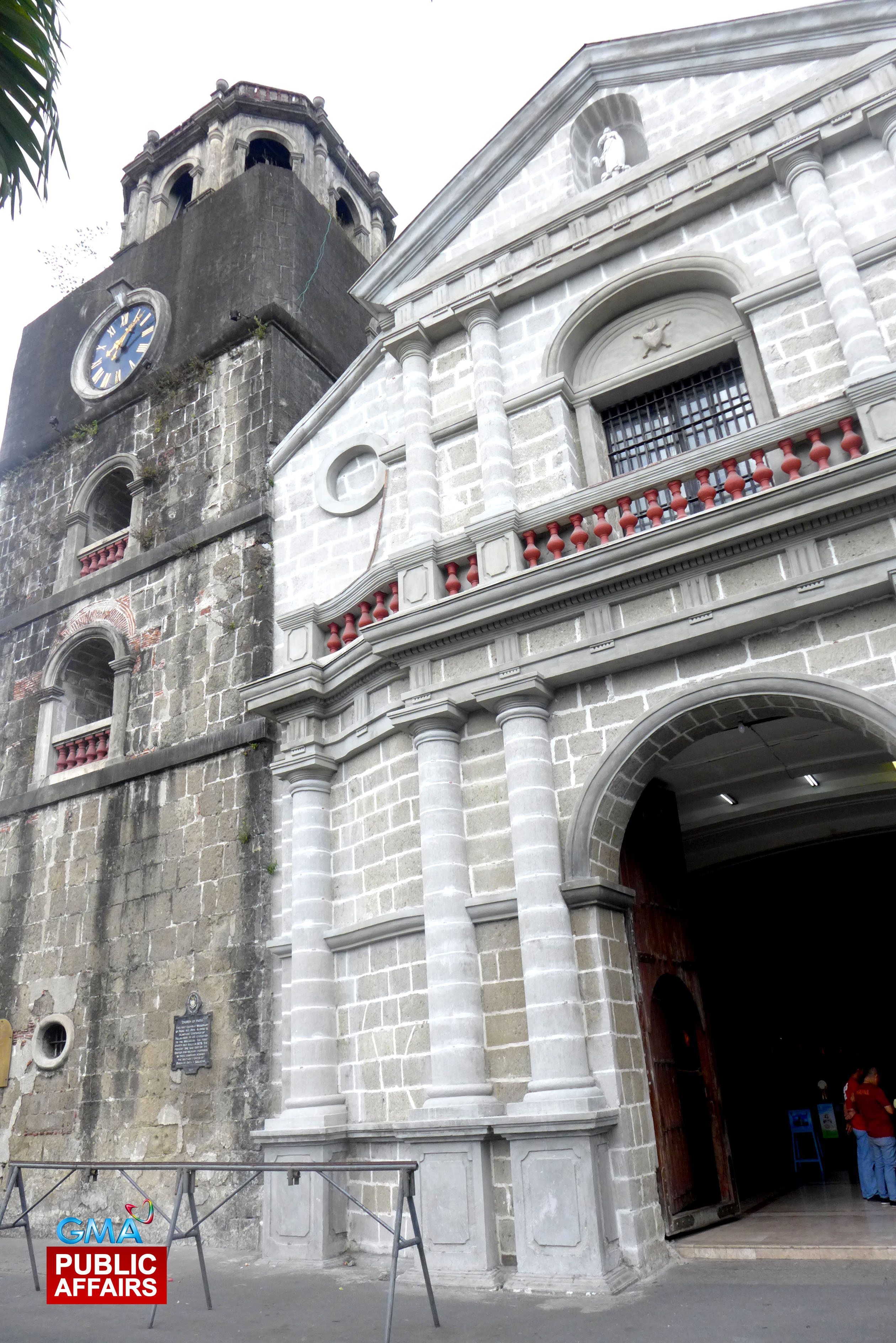

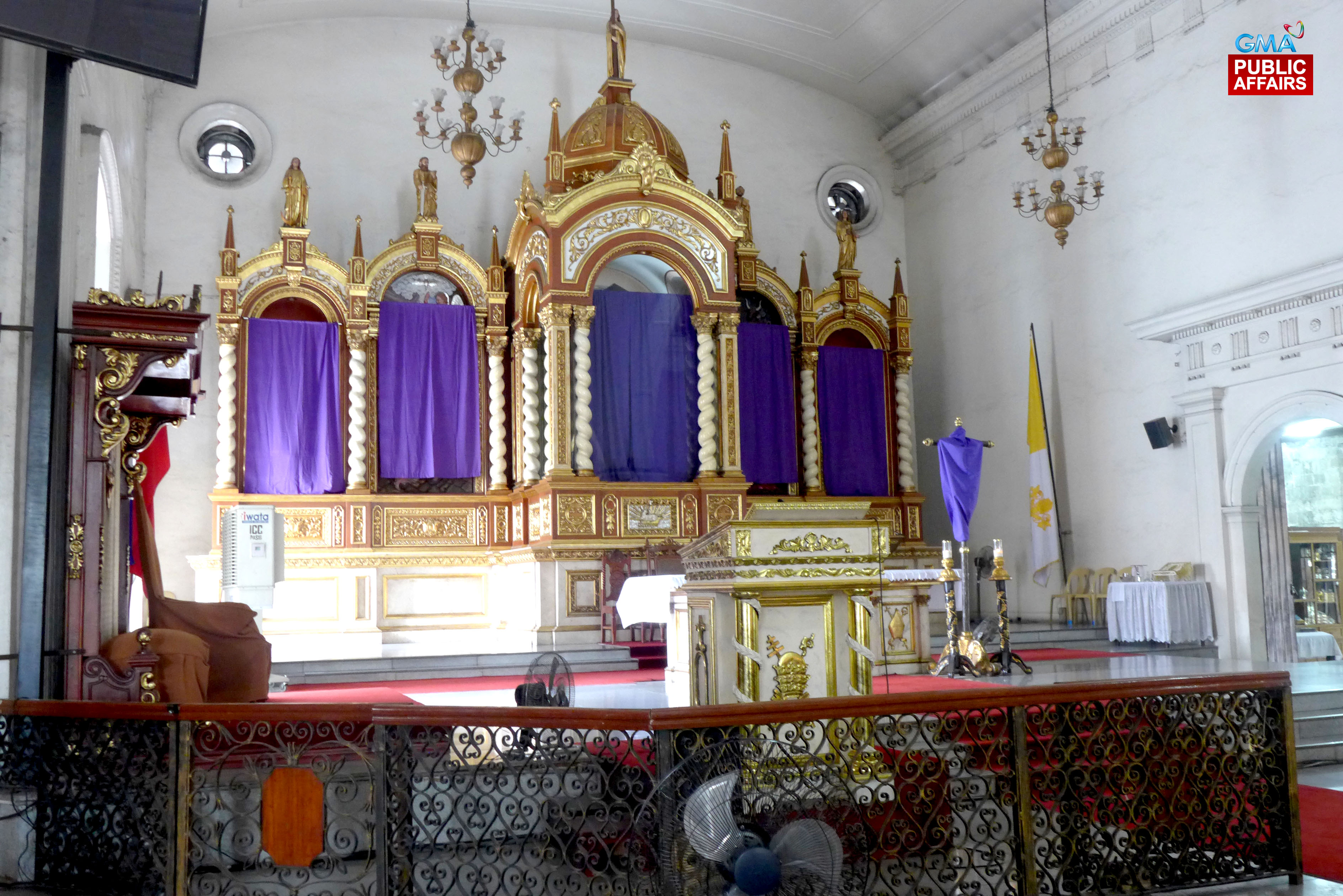
Archdiocesan Shrine of St. Anne
Sta. Ana, Taguig City
Farther to the rustic part of eastern Metro Manila, we have the Archdiocesan Shrine of St. Anne in Taguig. And just like its contemporaries, the original church was destroyed by major earthquakes and calamities in the last five centuries. The church’s original structure followed a barn-style Baroque architecture design, but its façade underwent a major facelift due to recent renovations.
In 1987, the Archdiocesan Shrine of St. Anne was declared and recognized by the government as a cultural property.
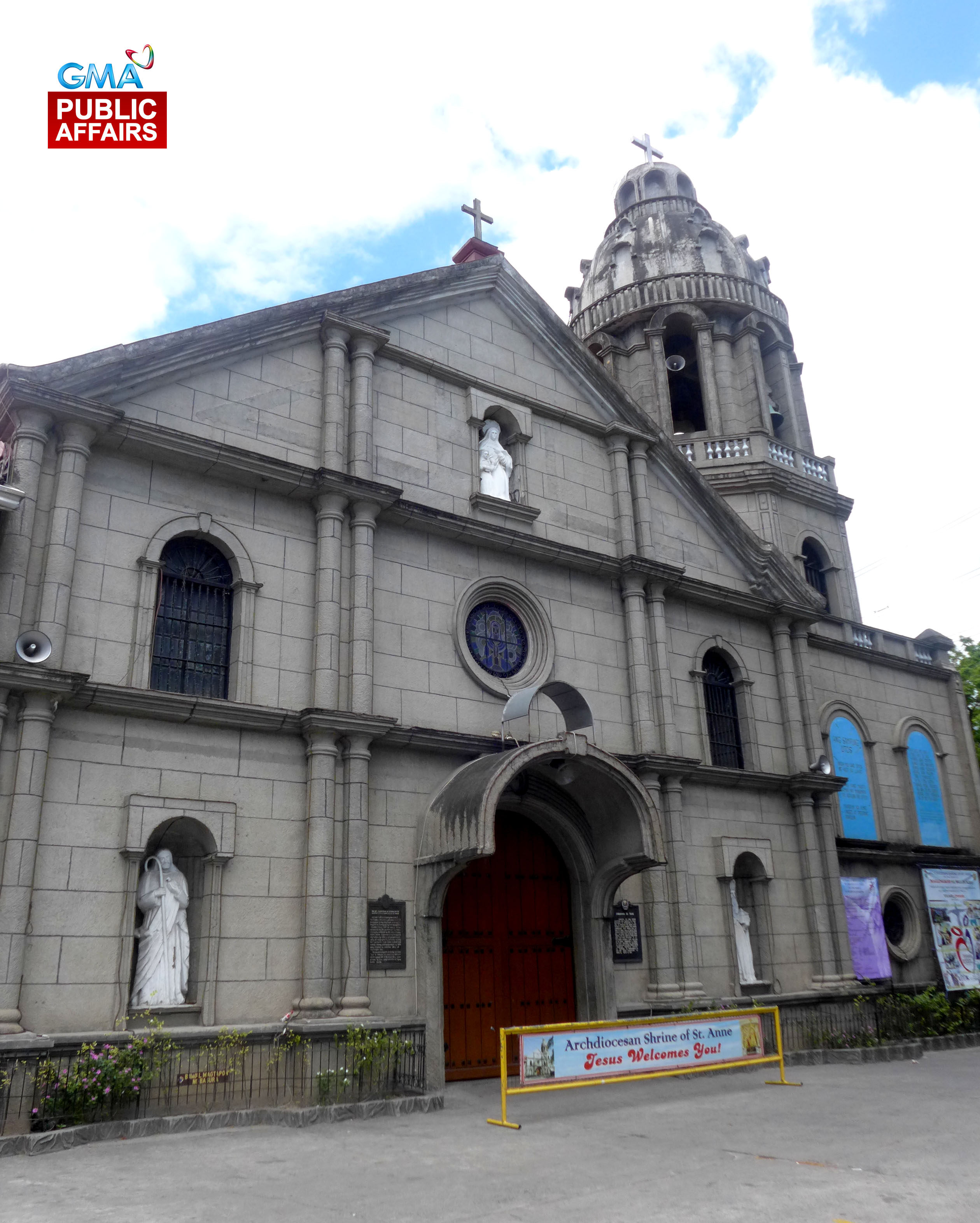
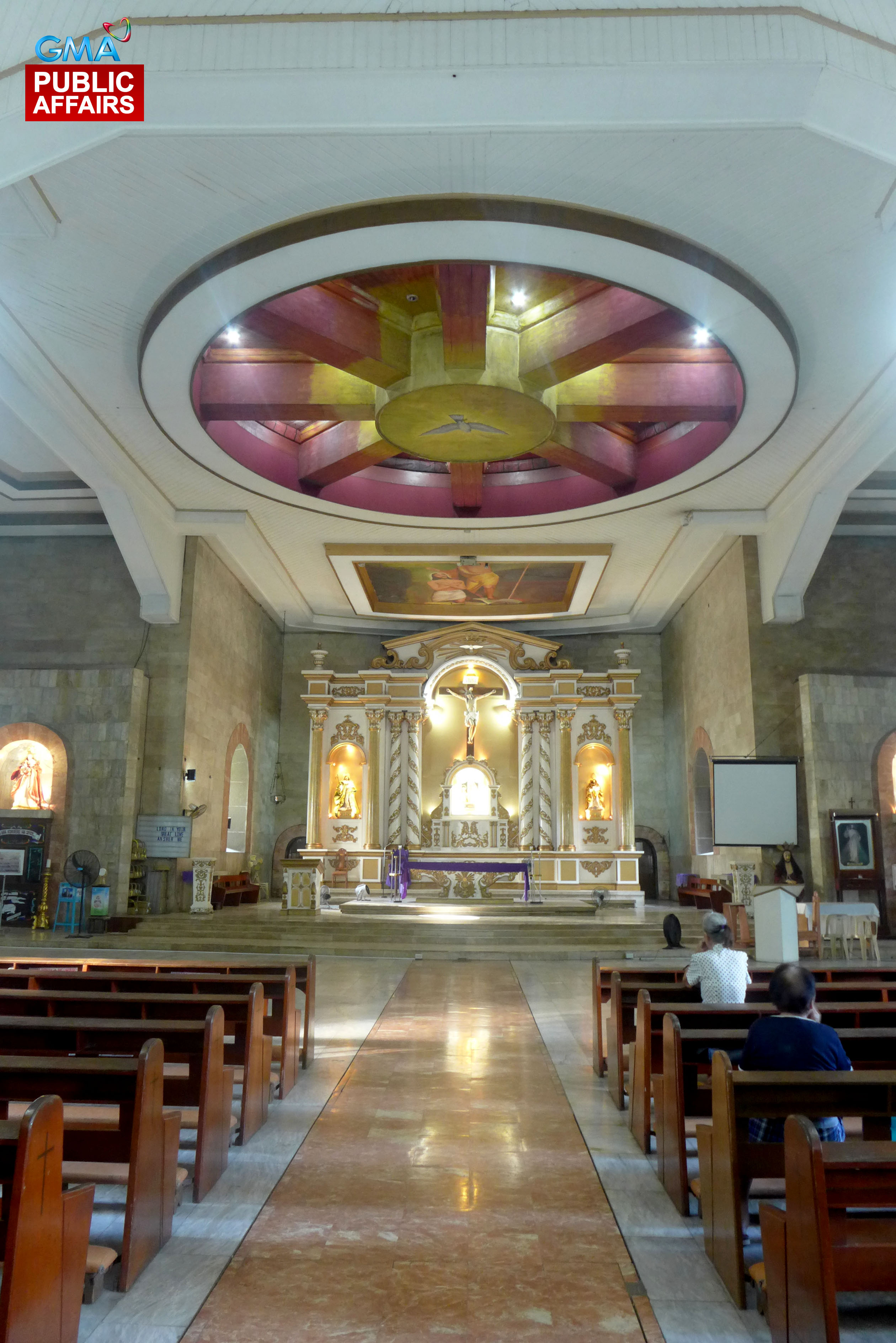
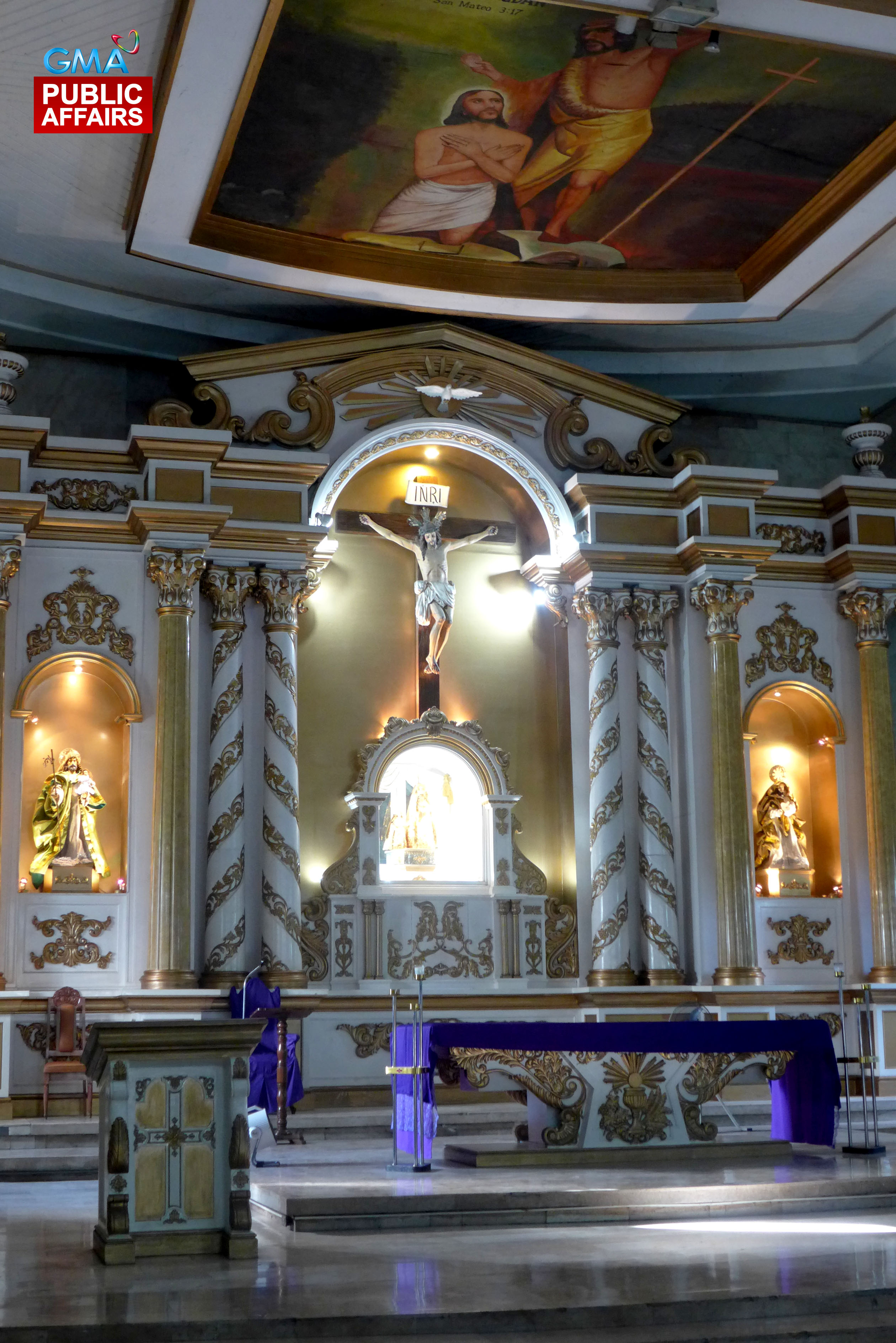



Photos by Carlo P. Isla --- BMS
More Videos
Most Popular




